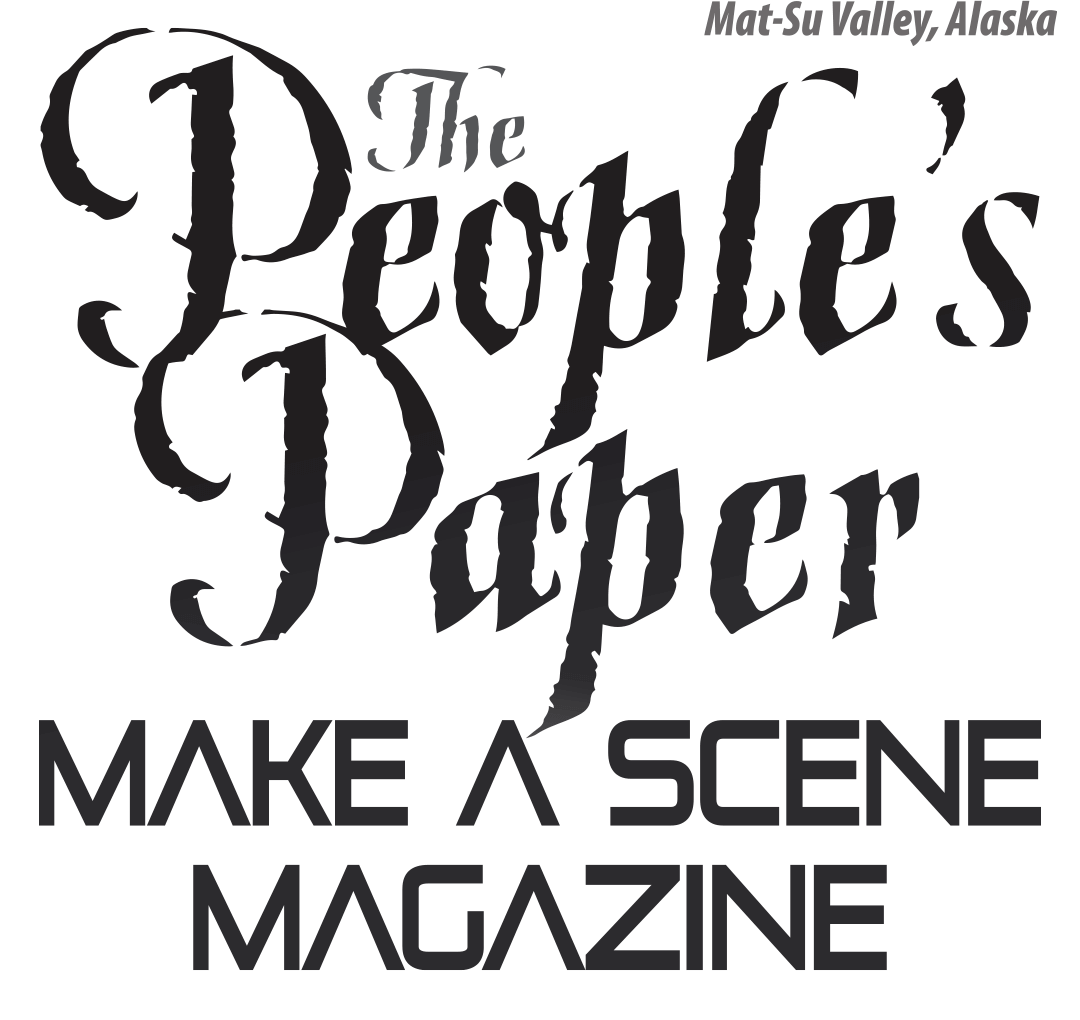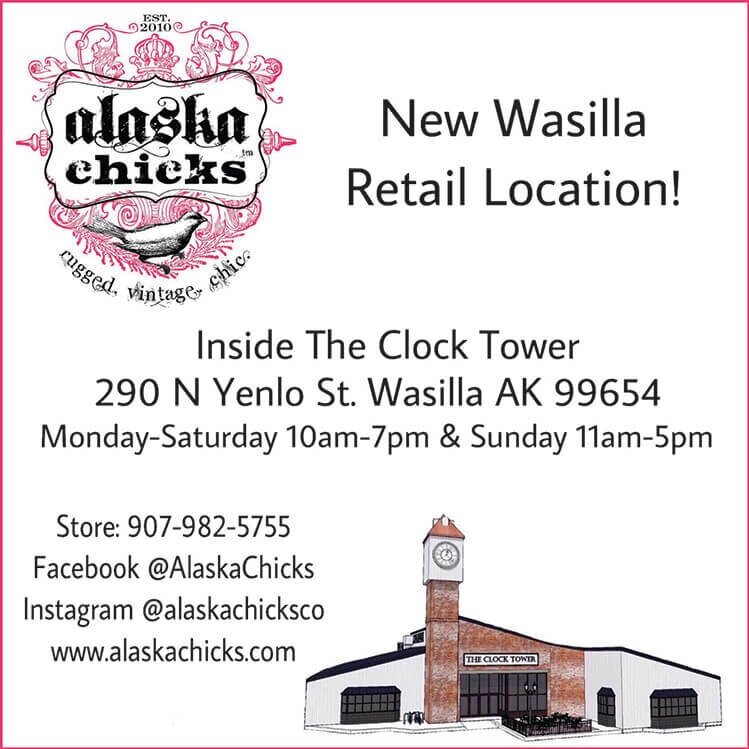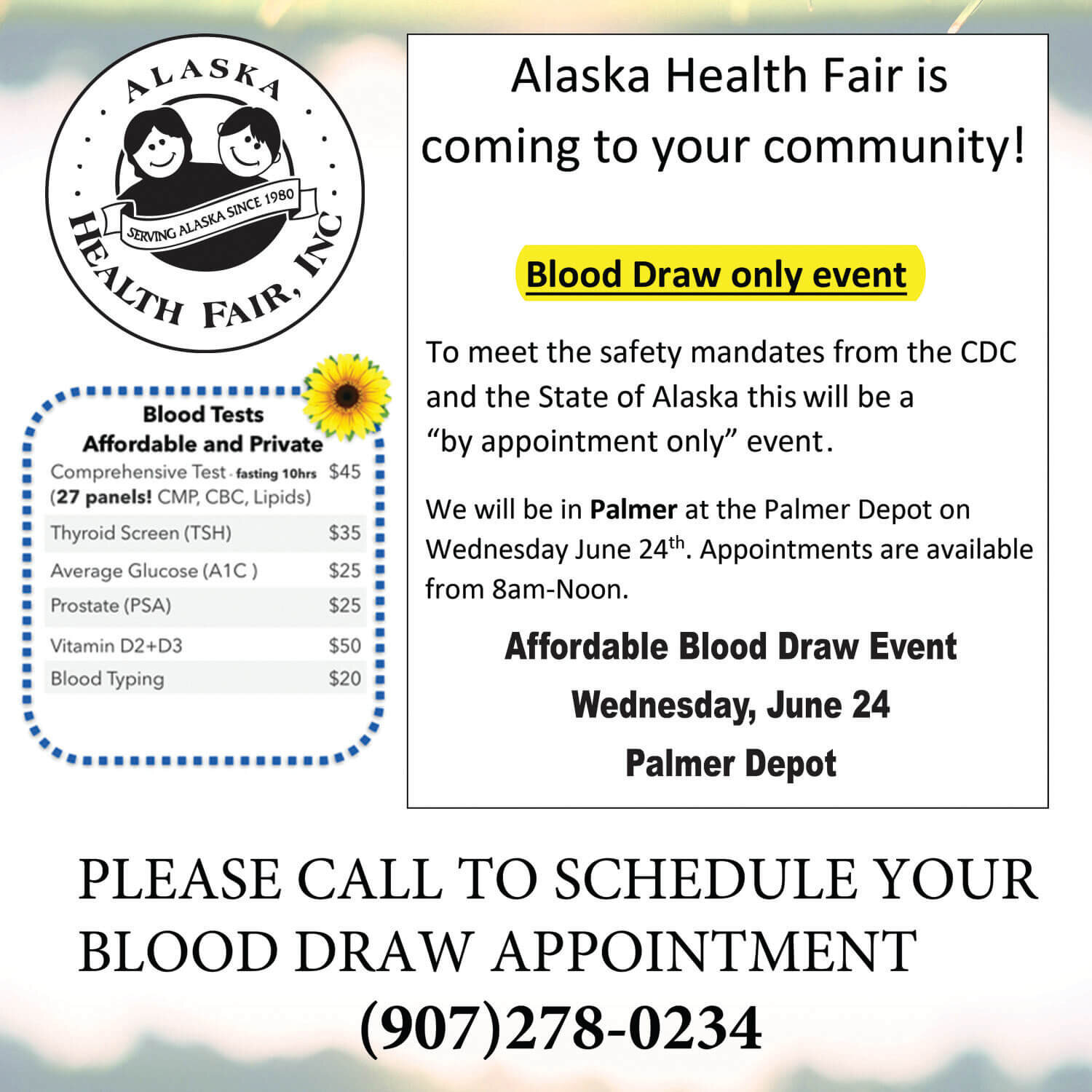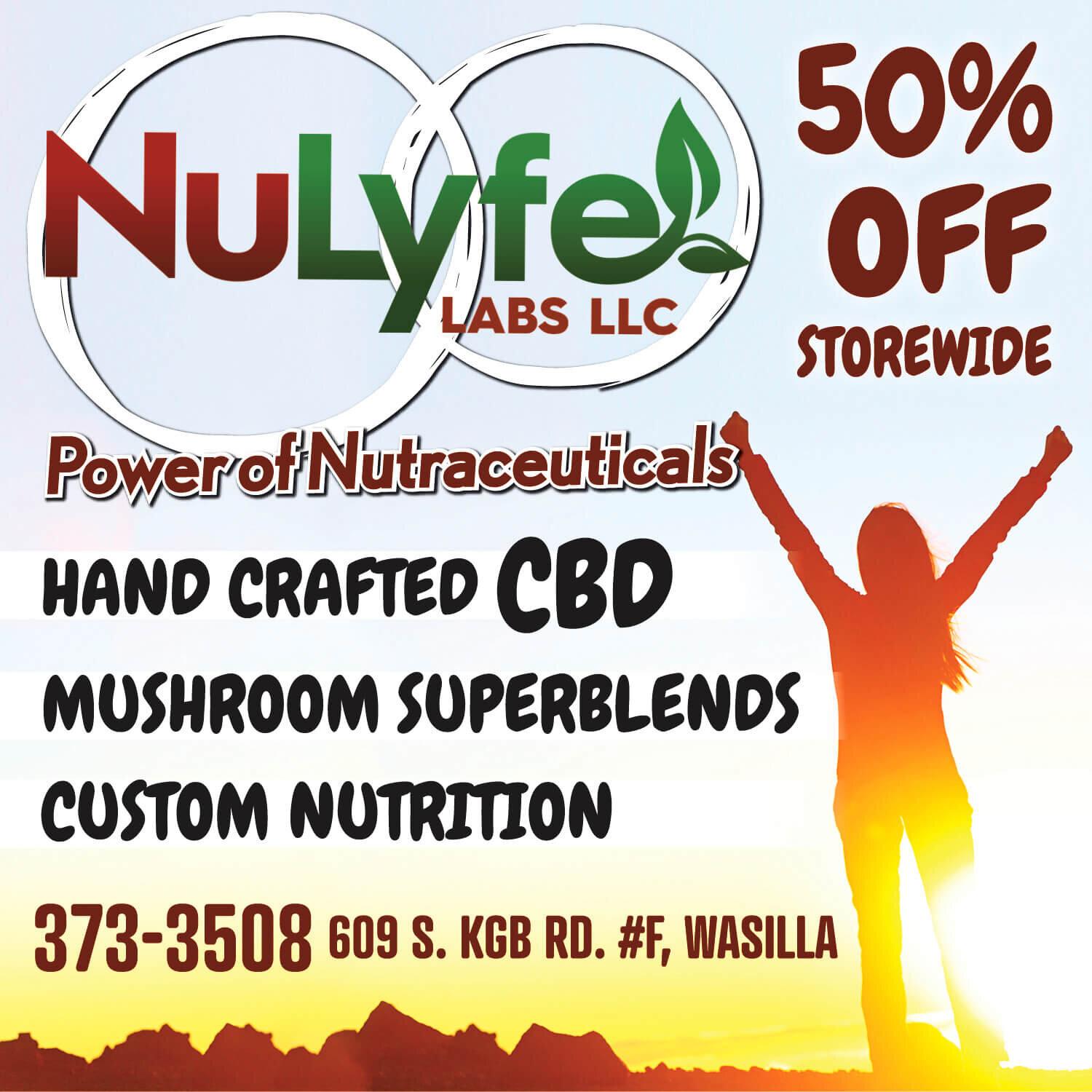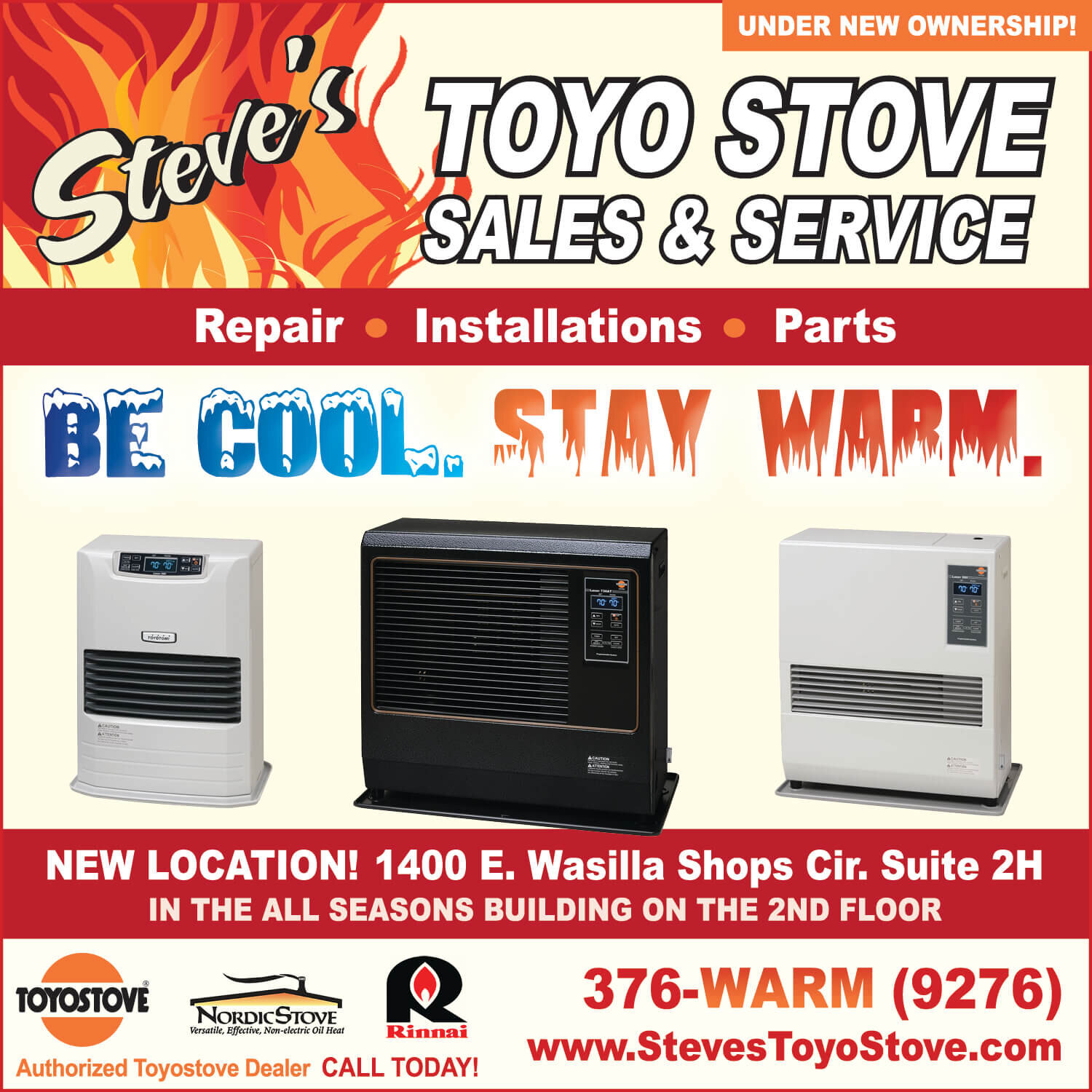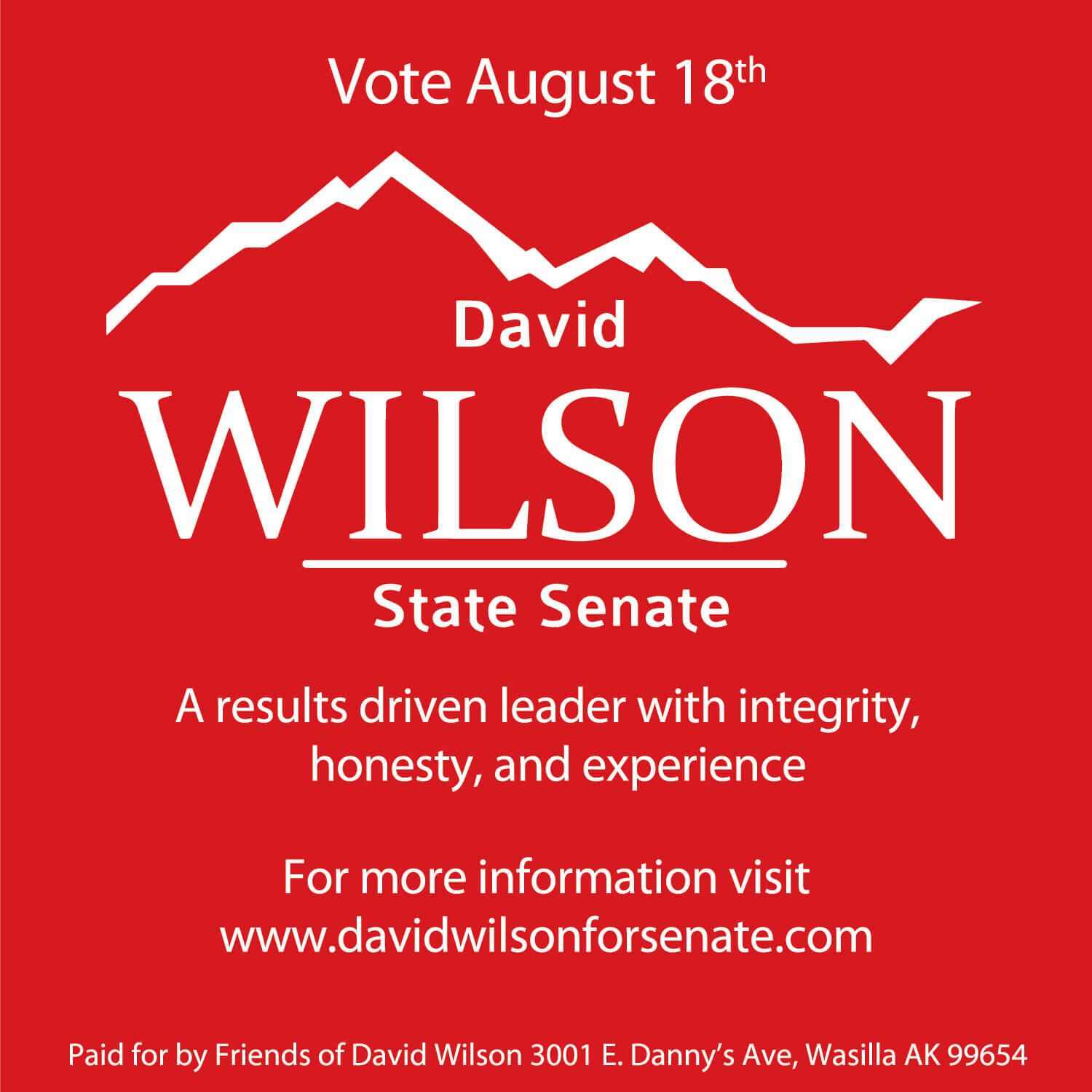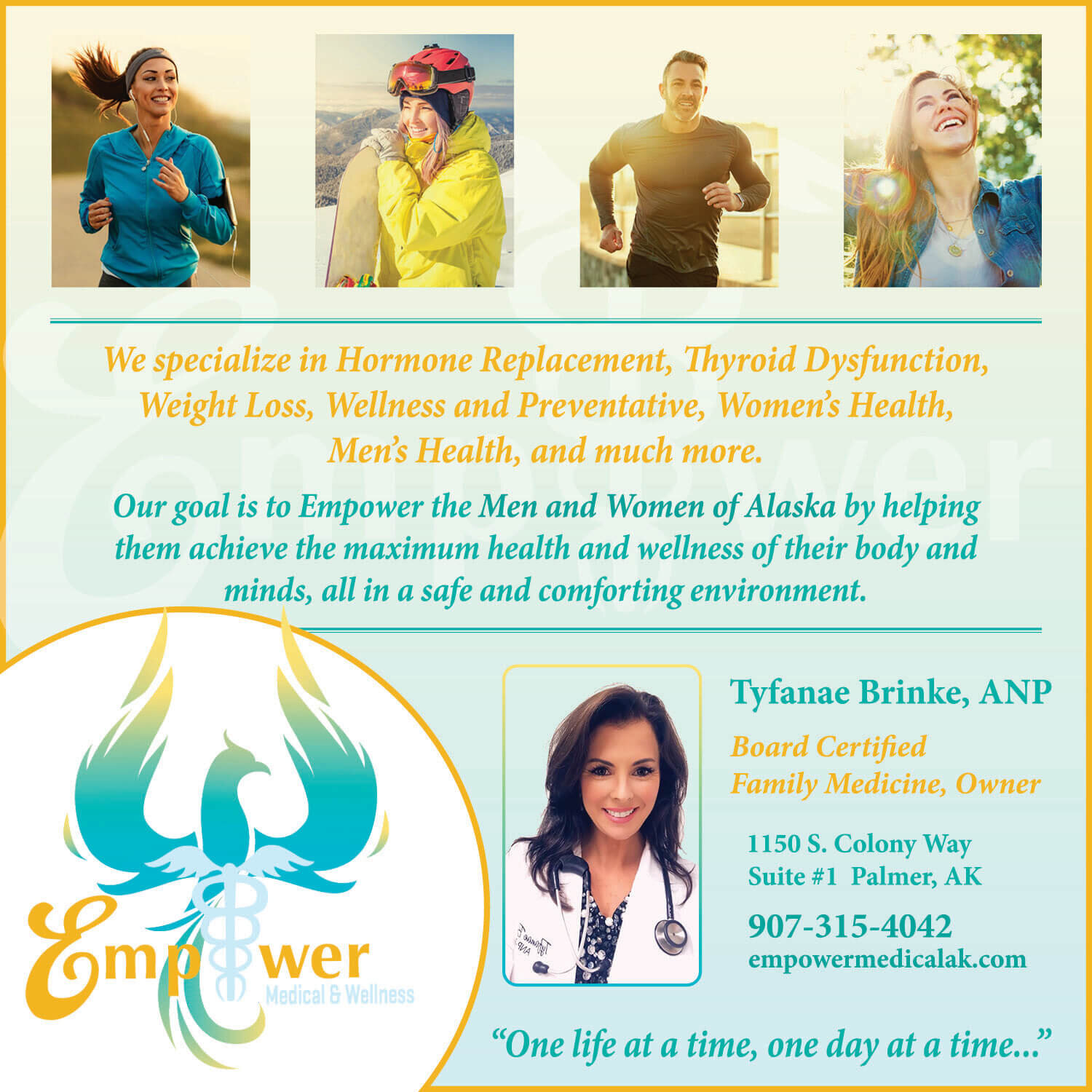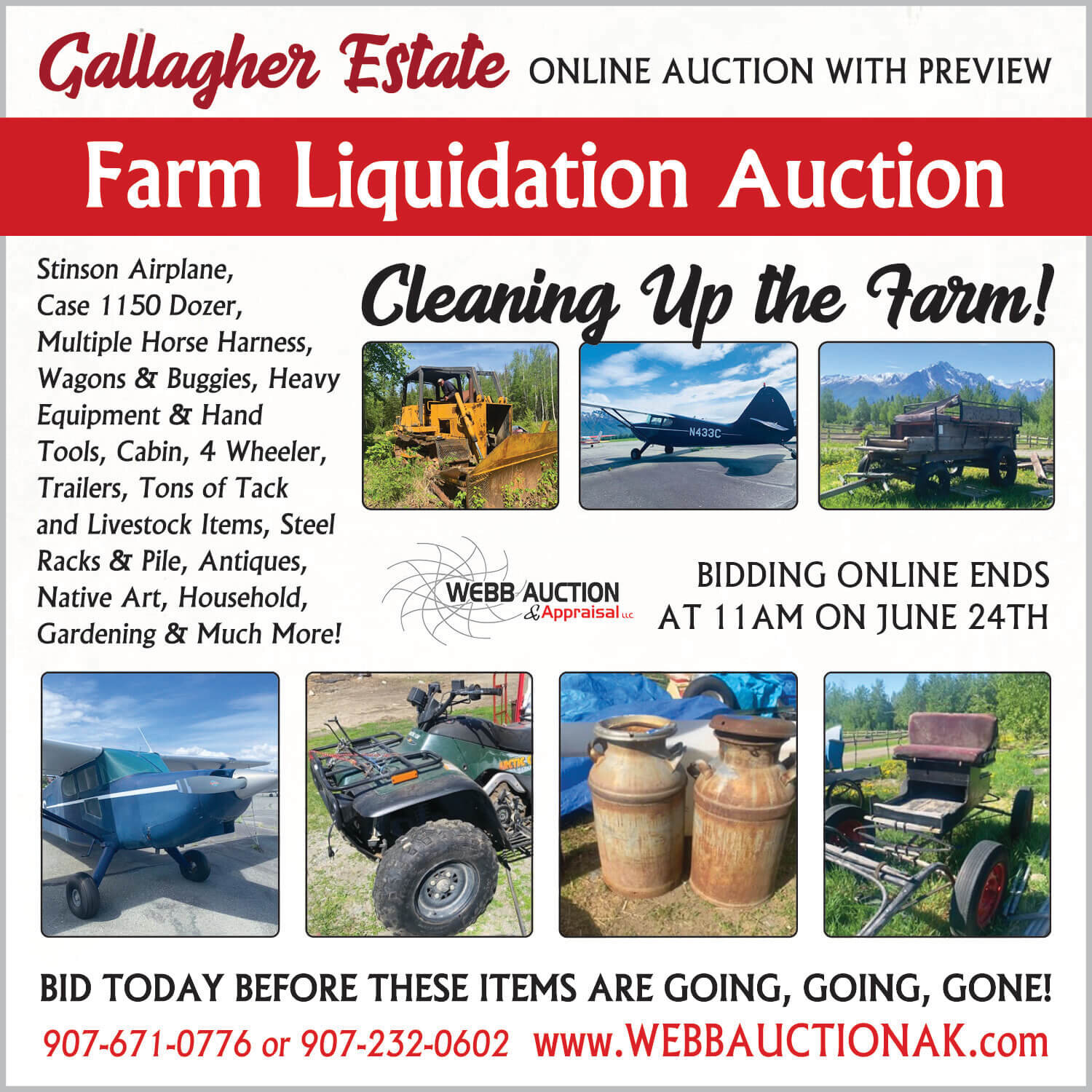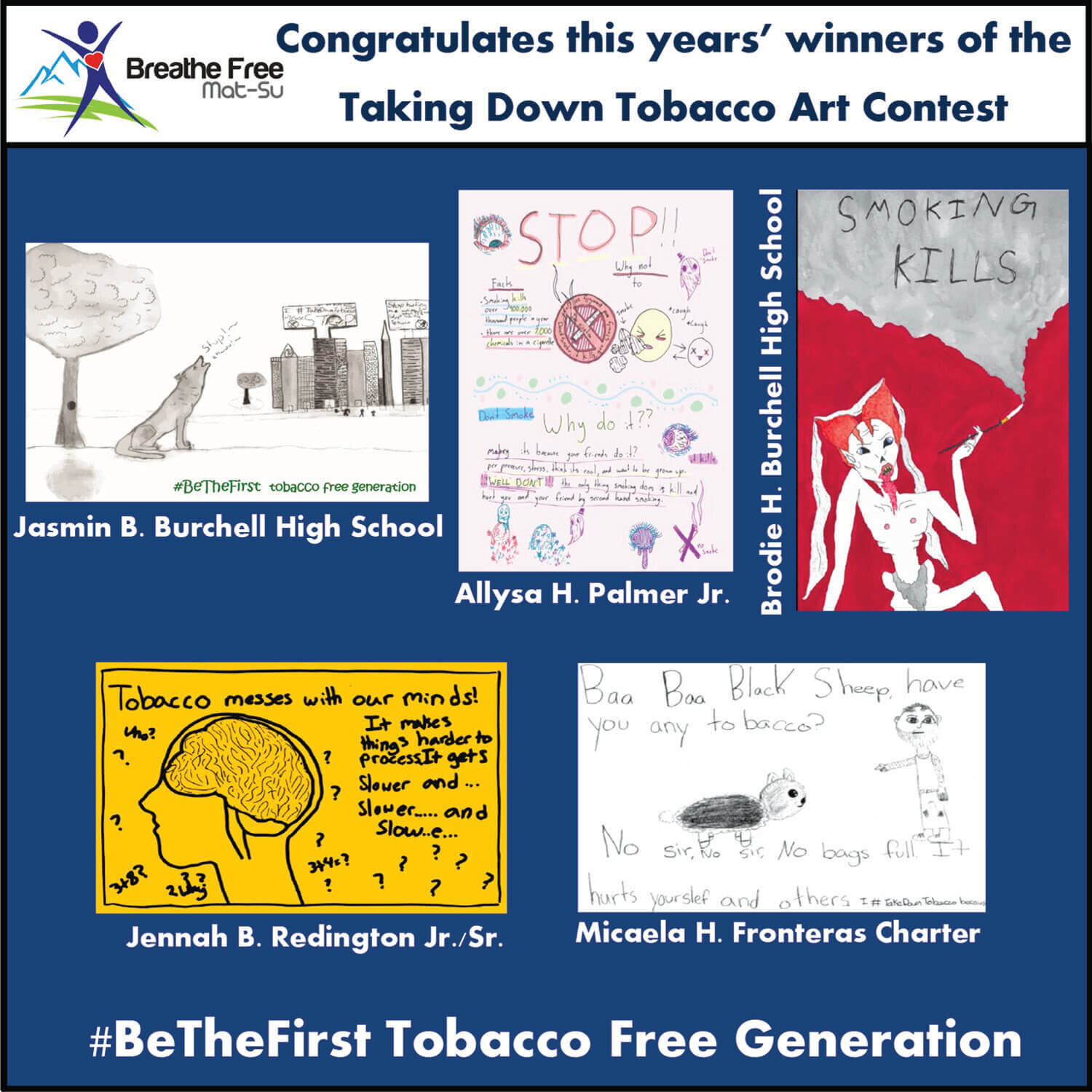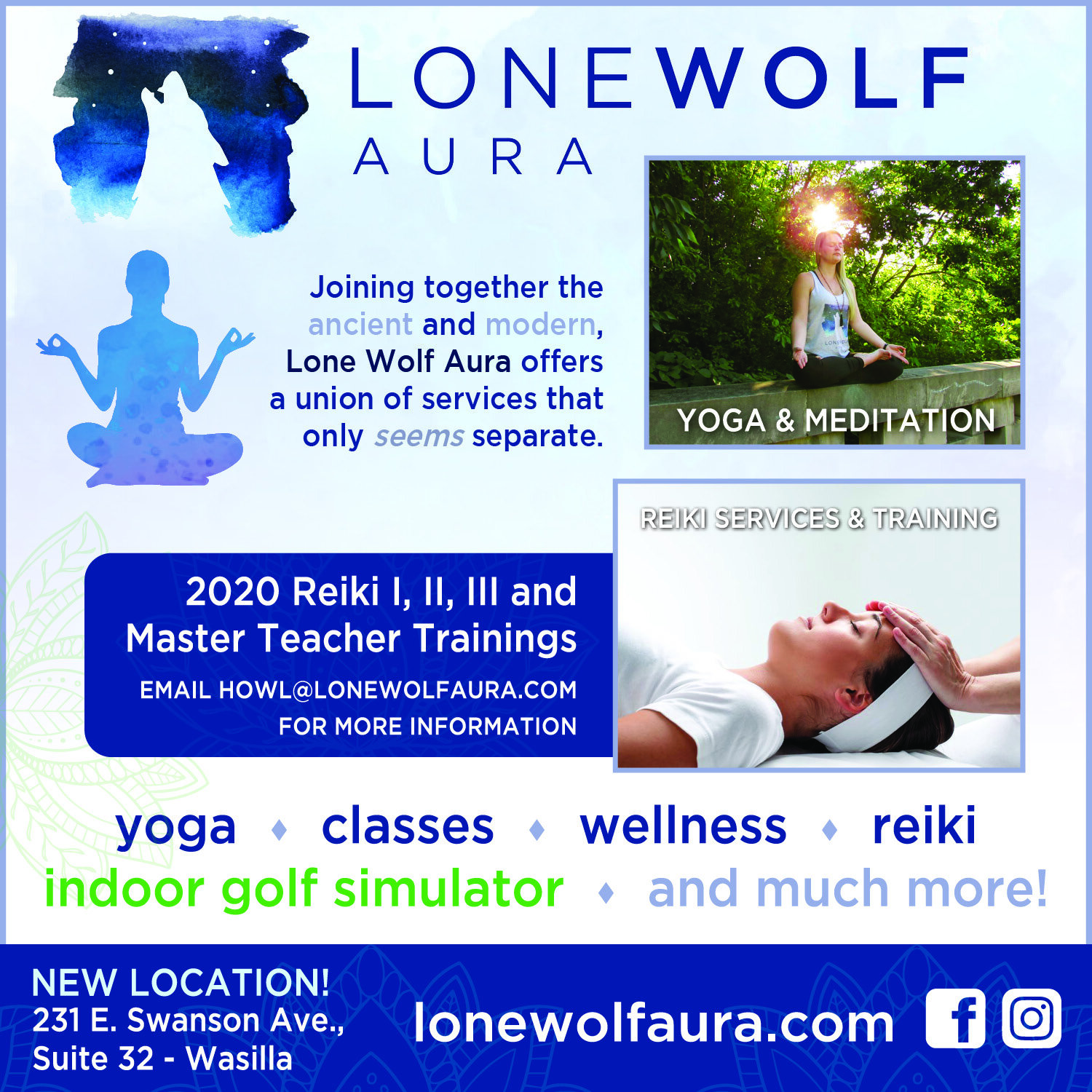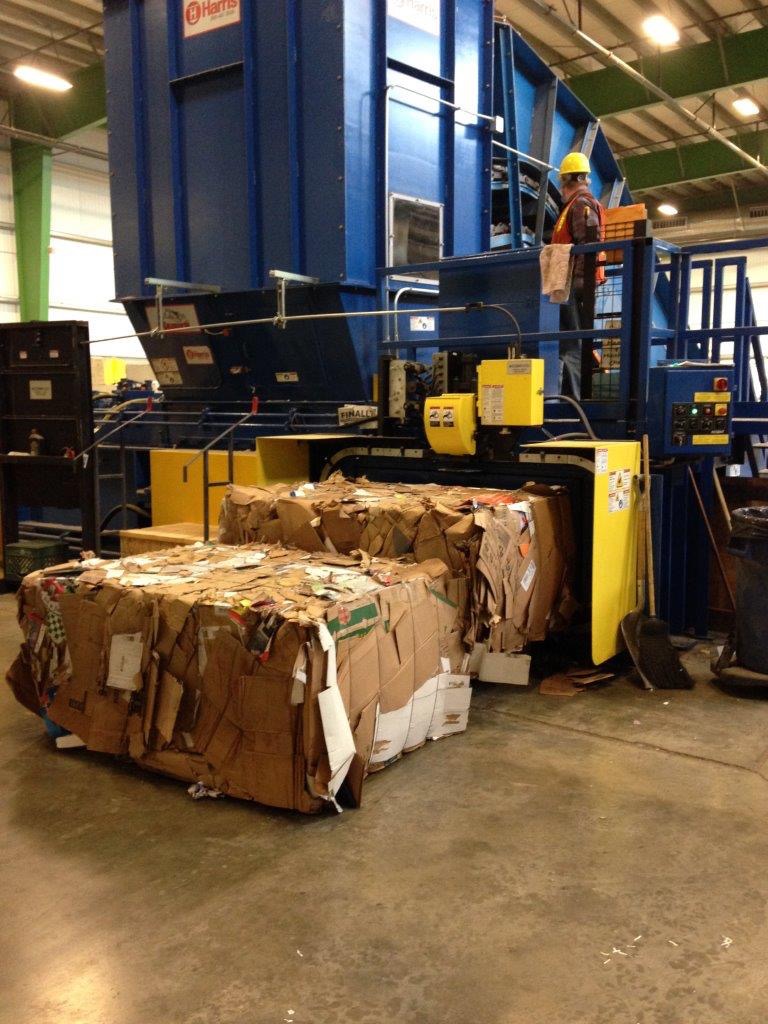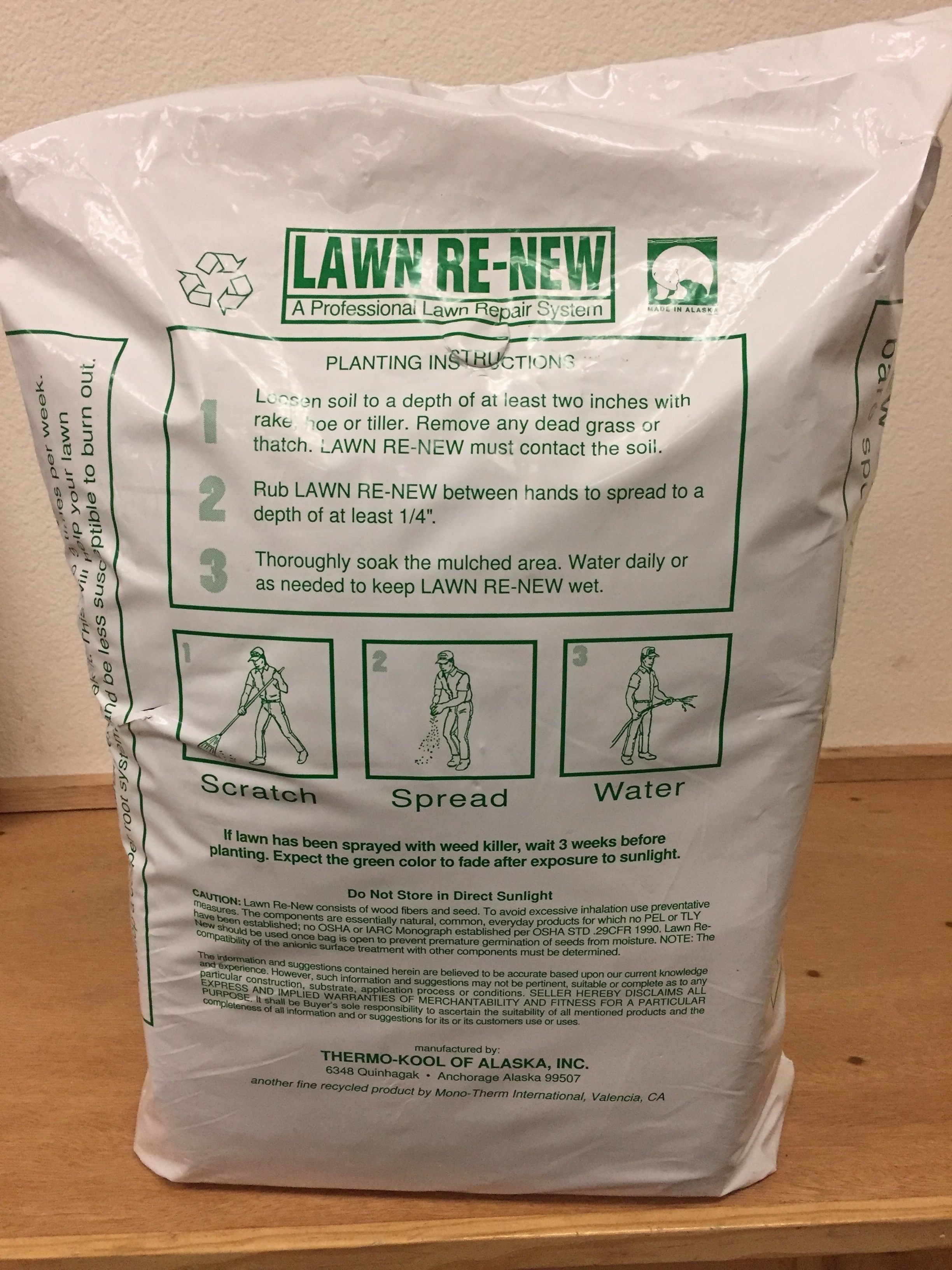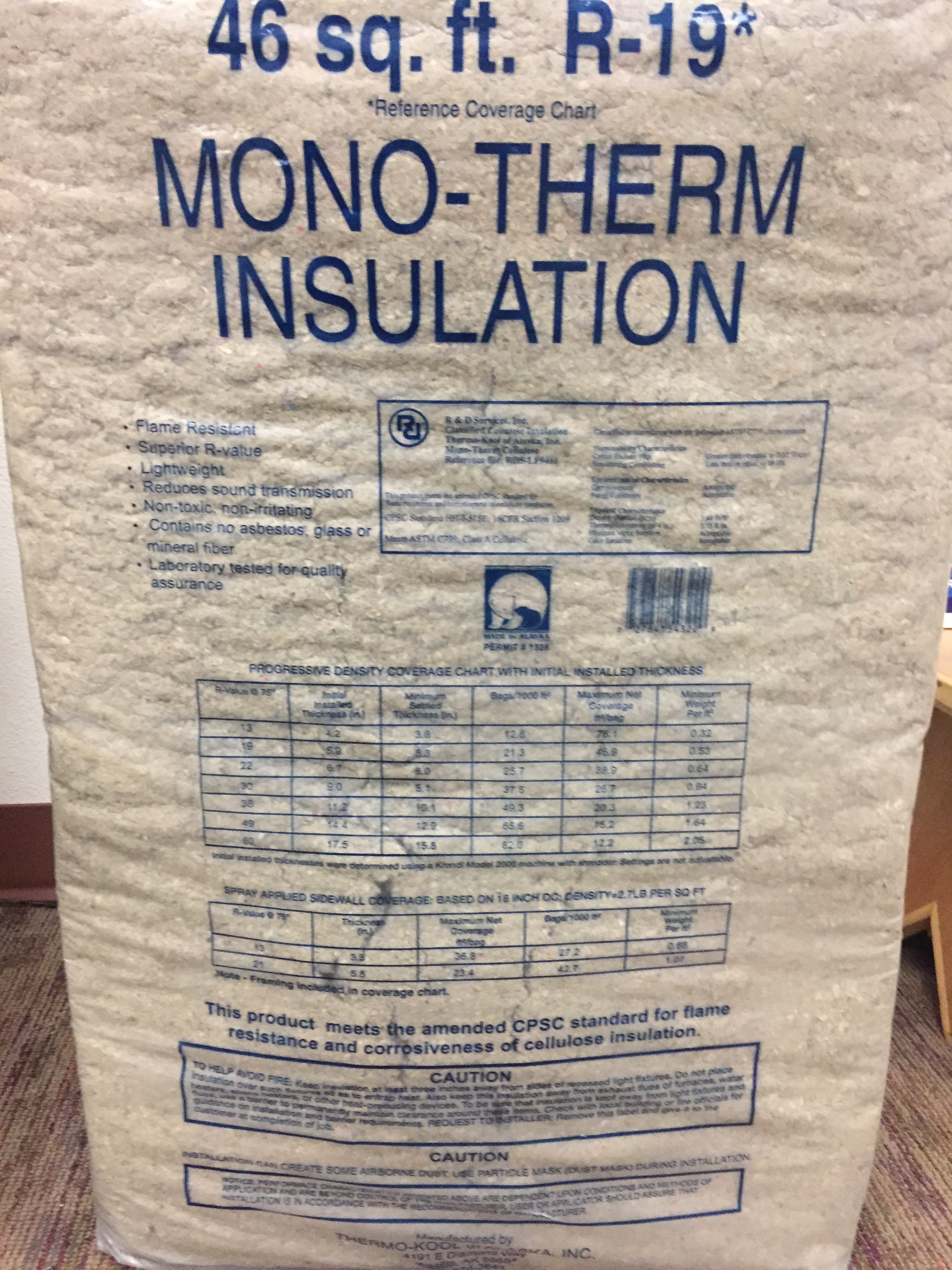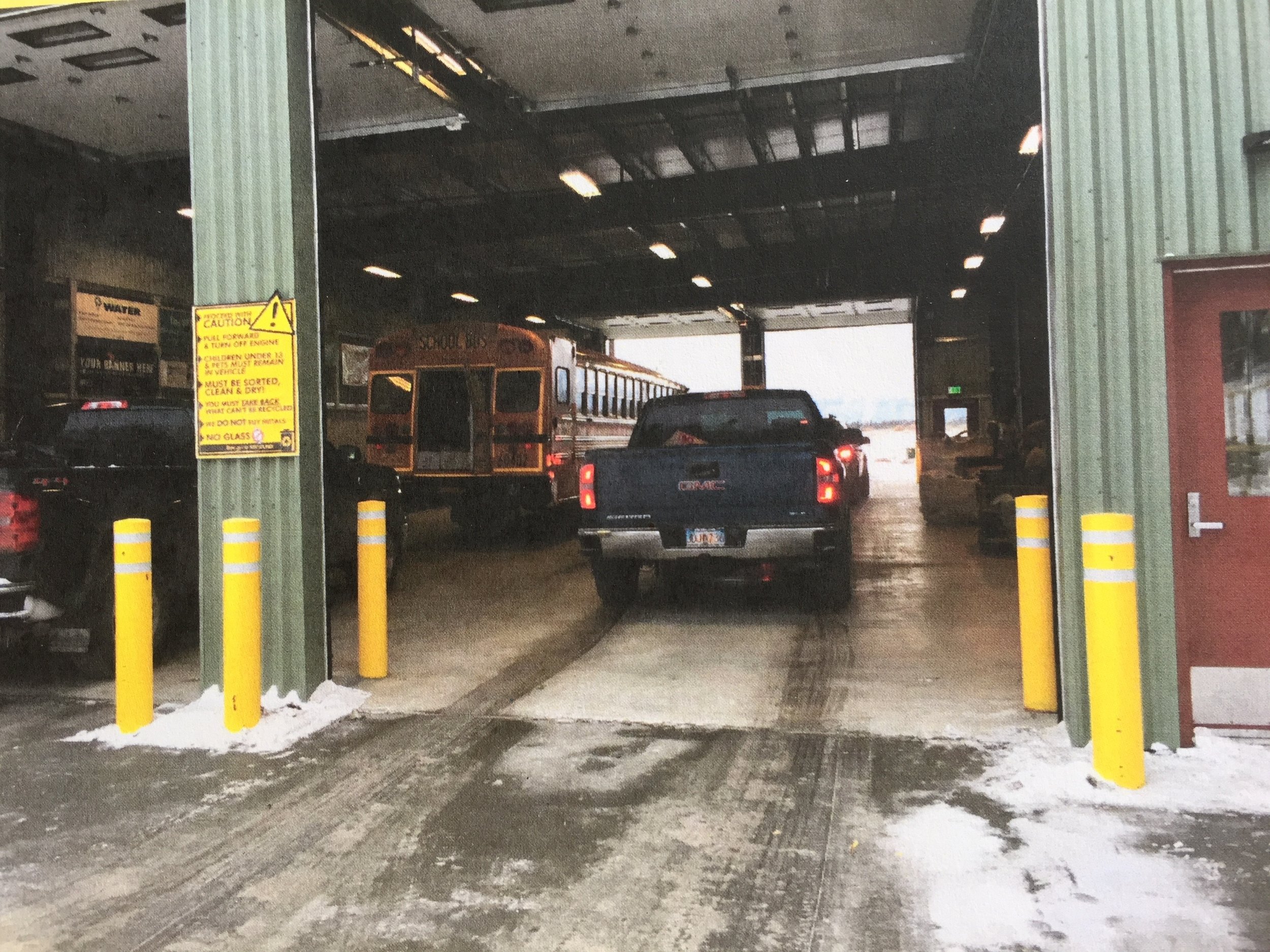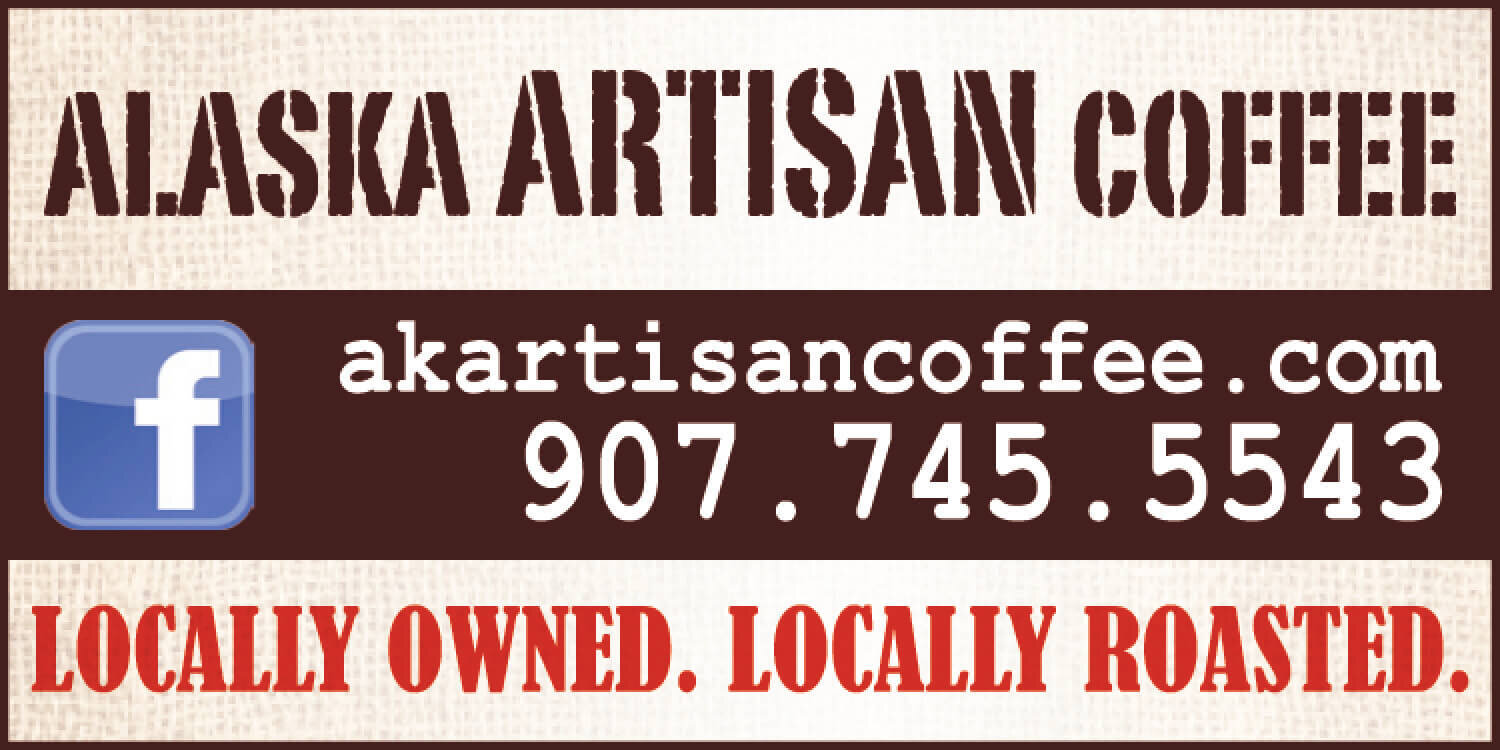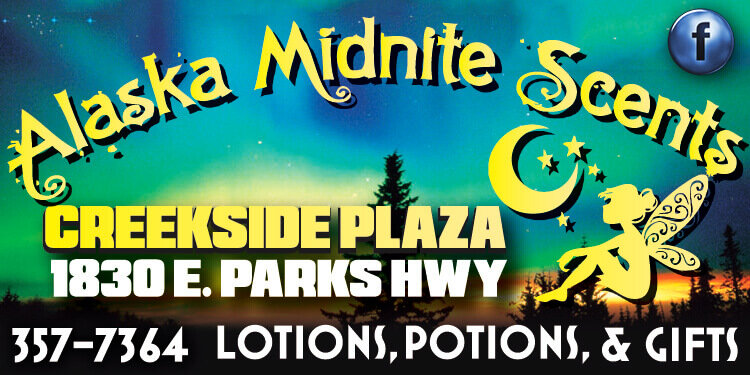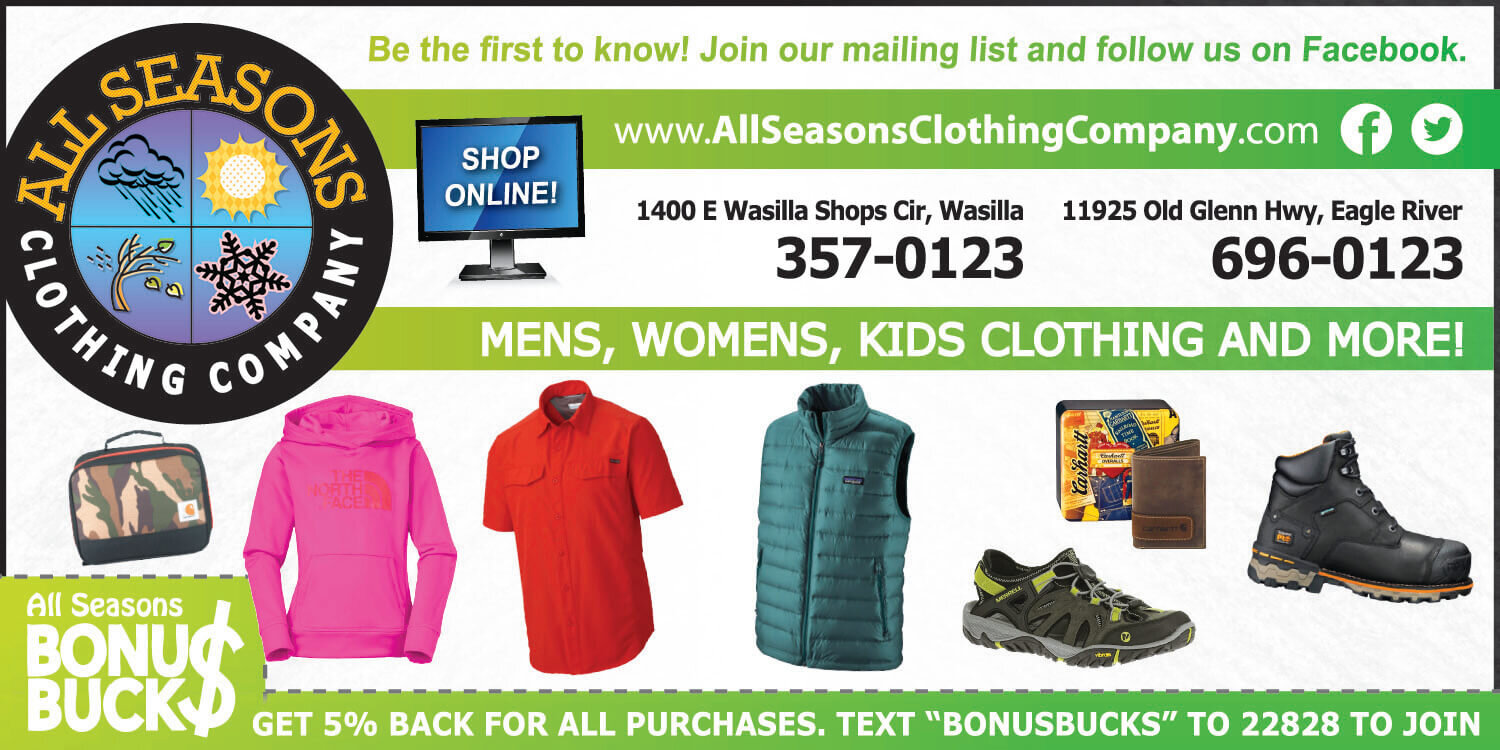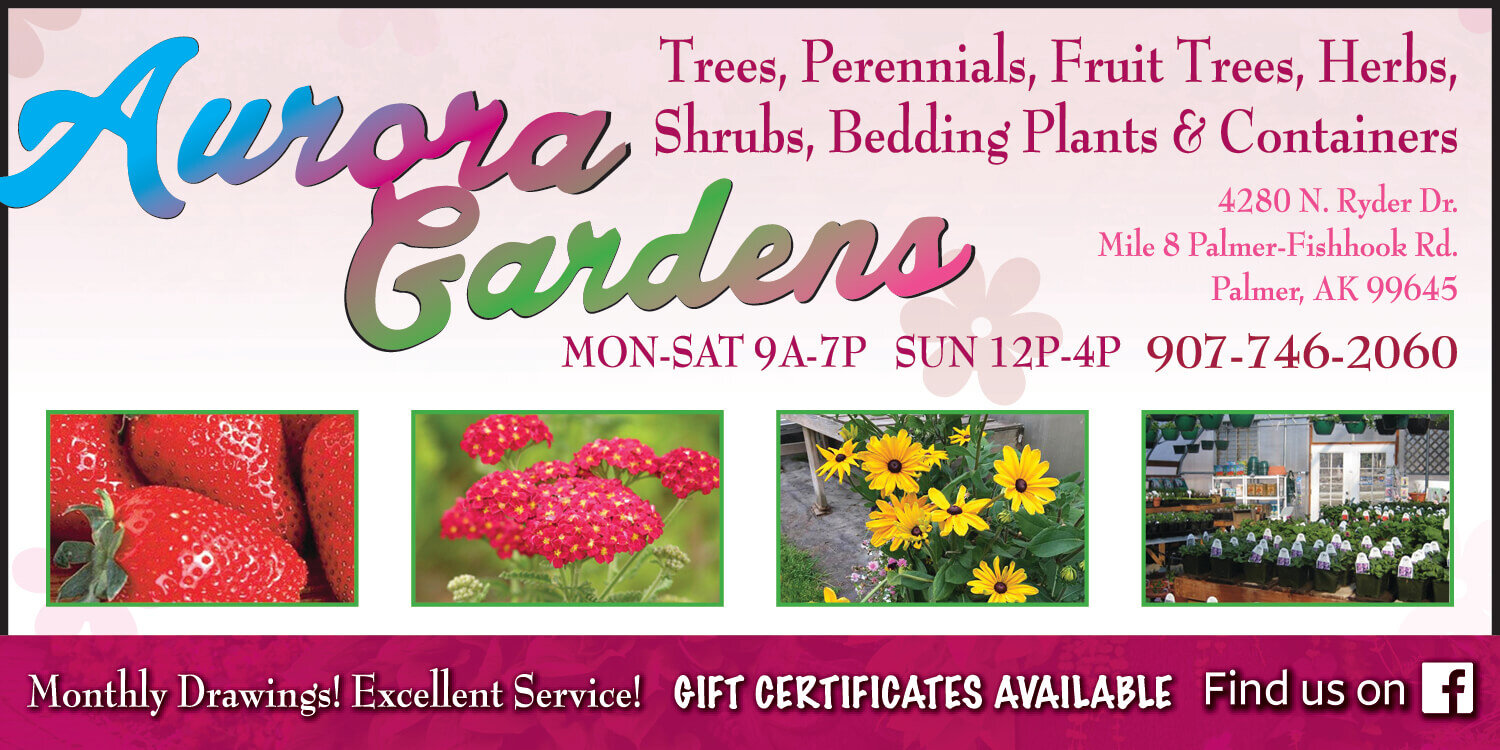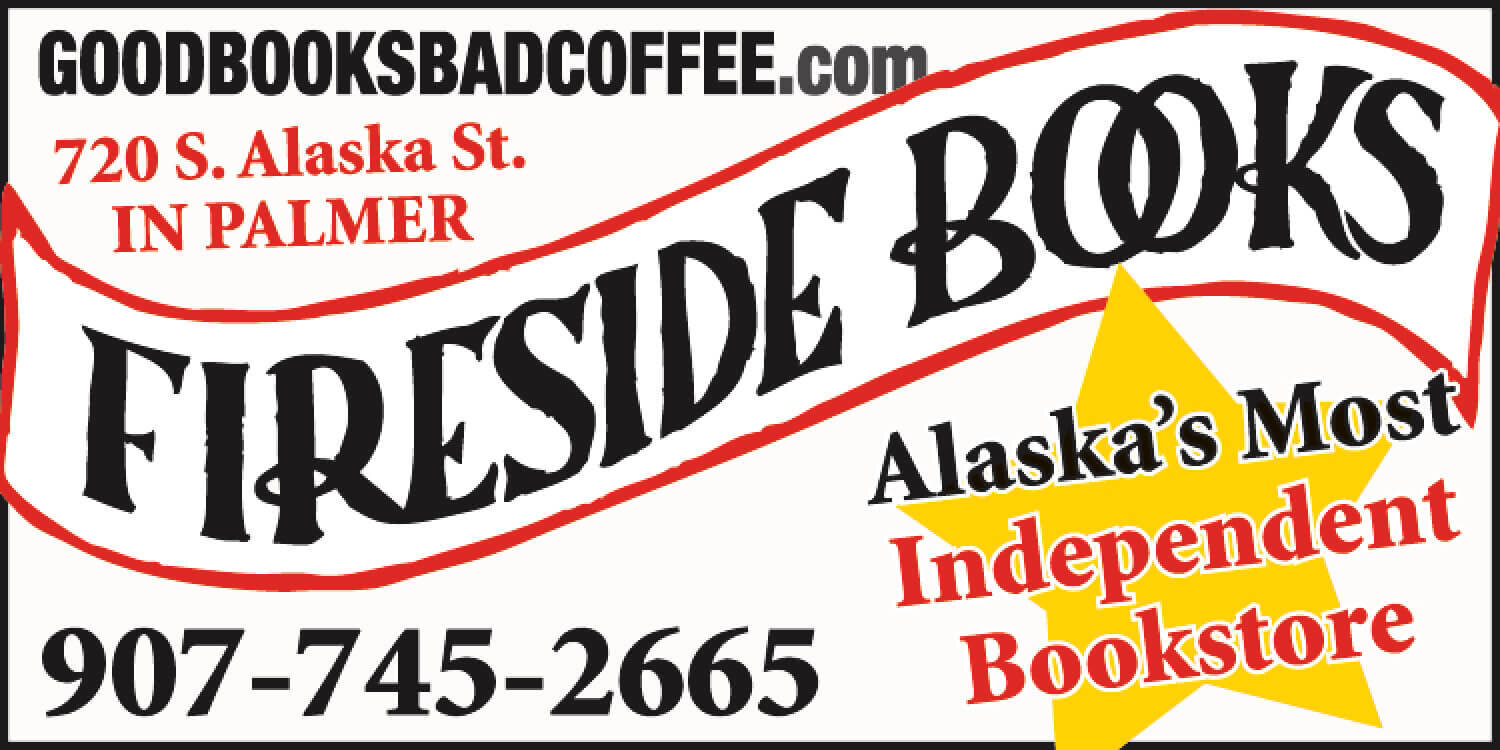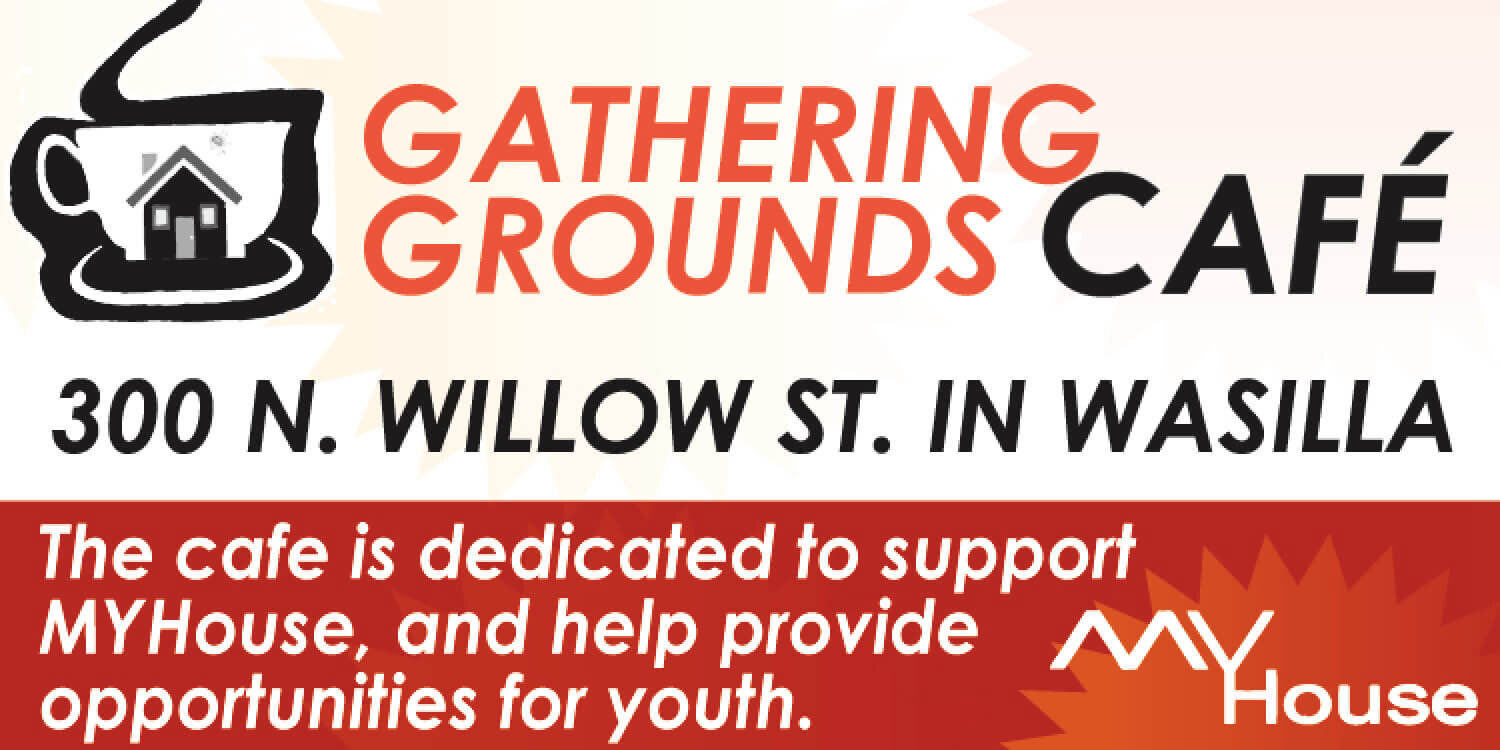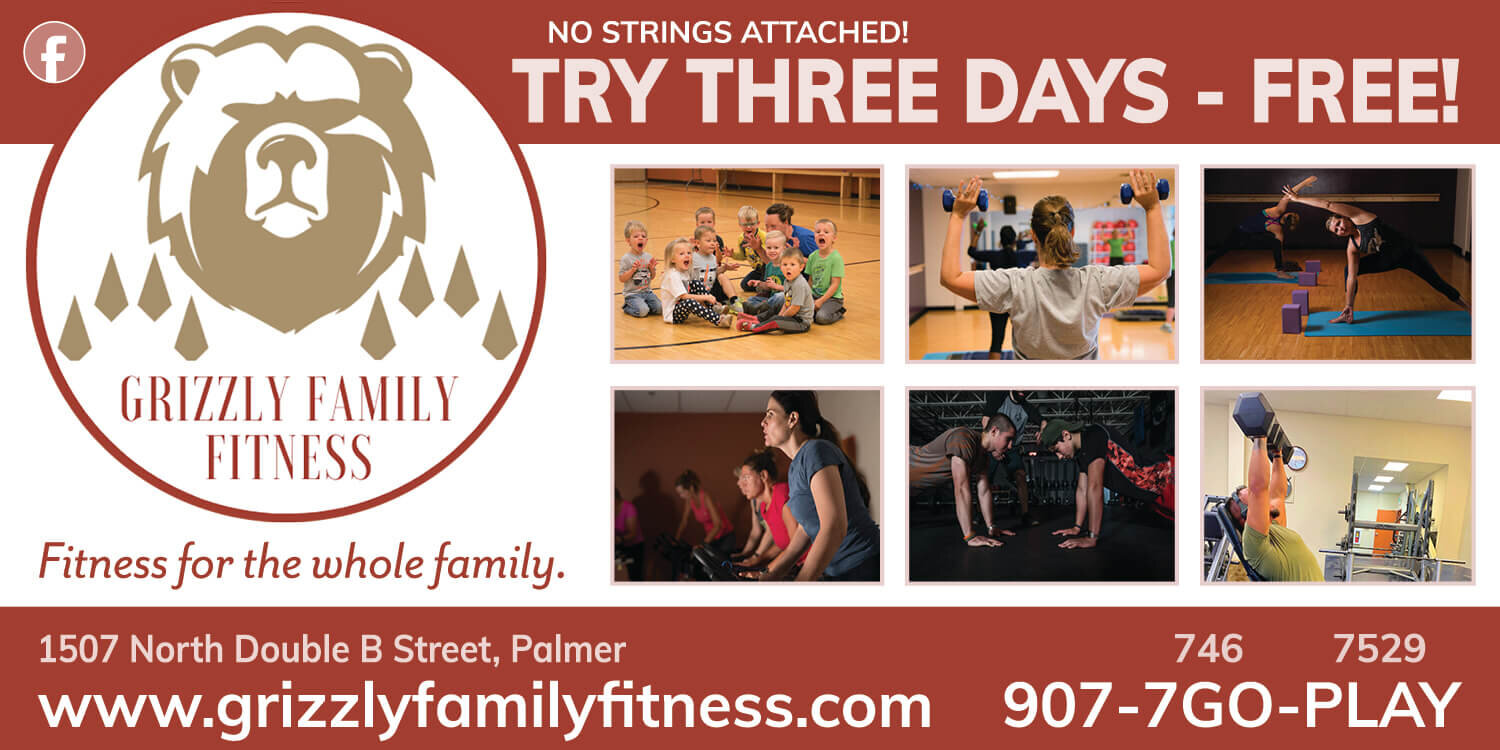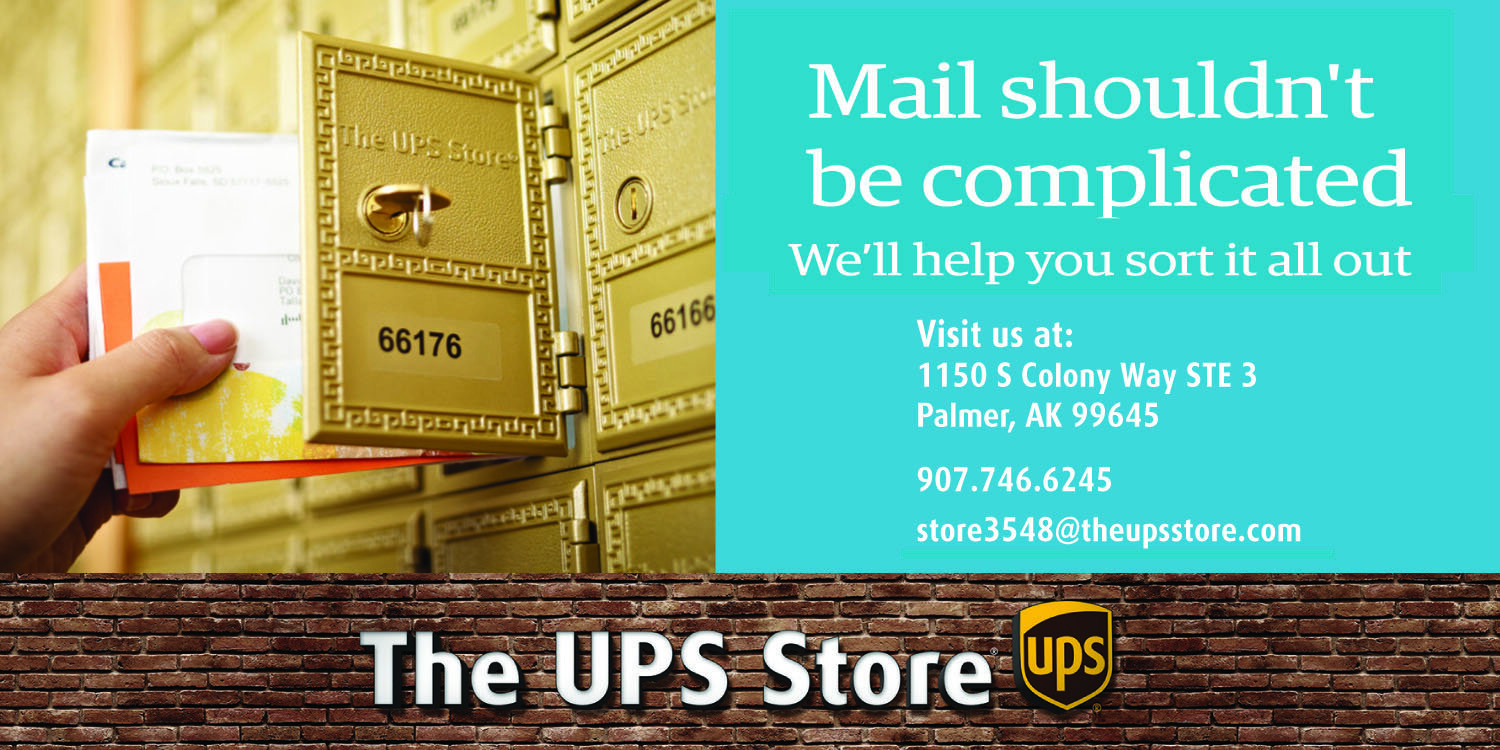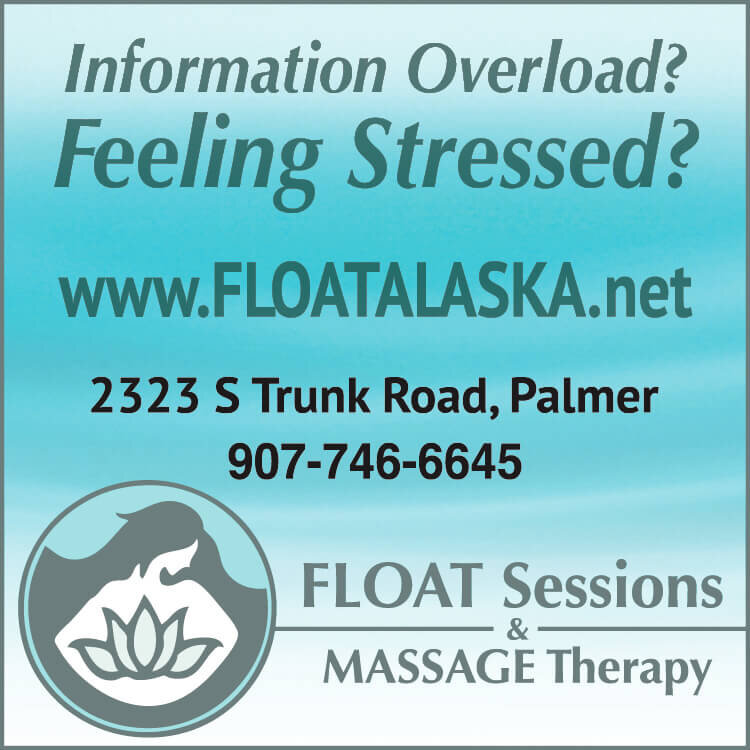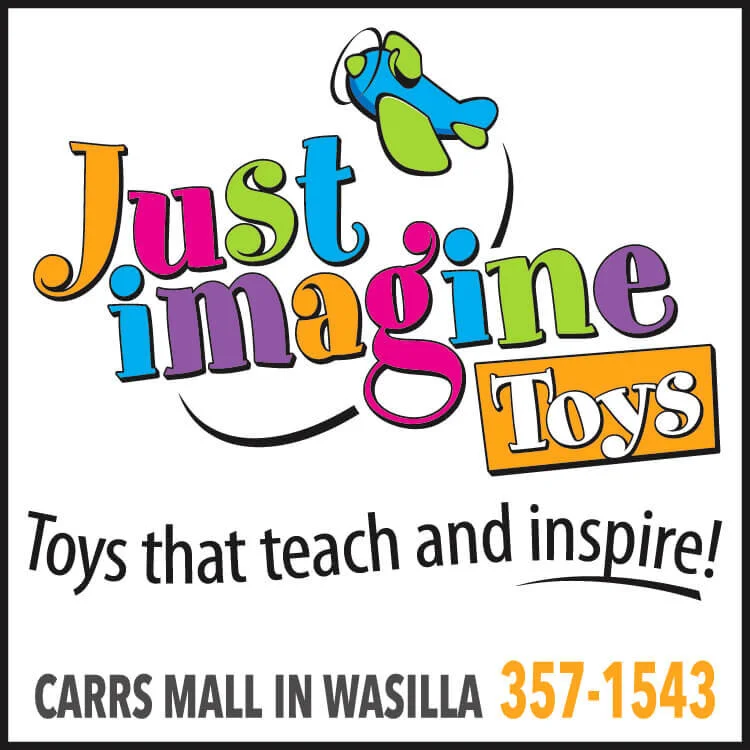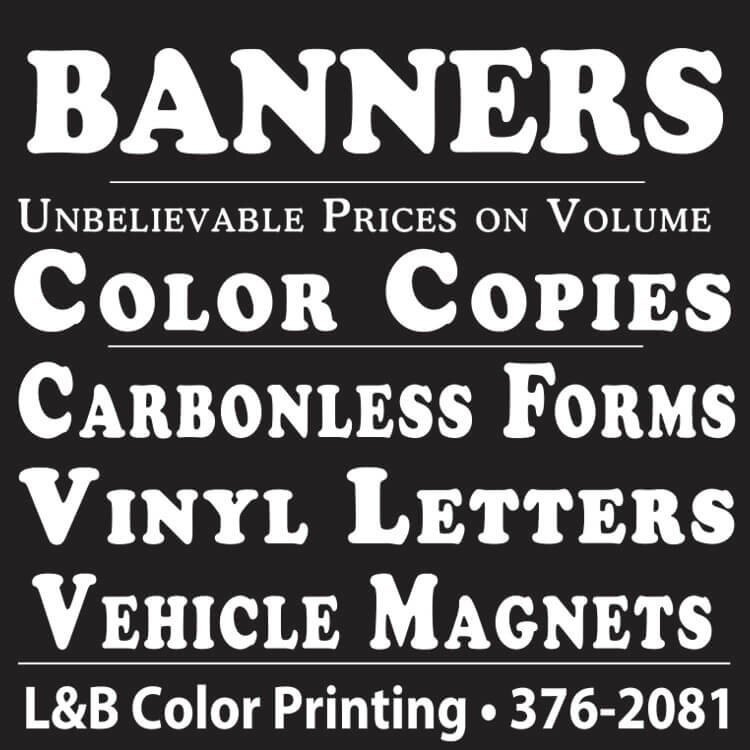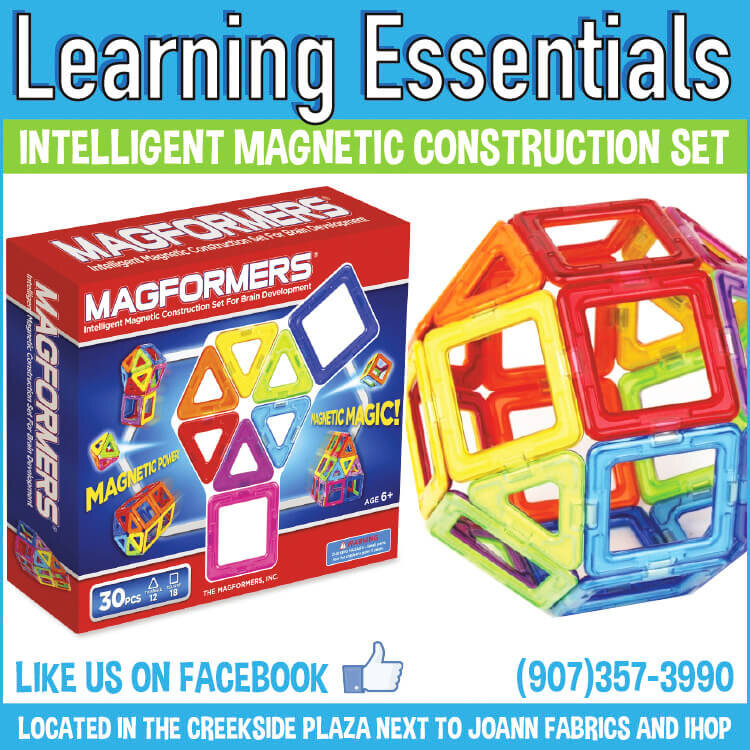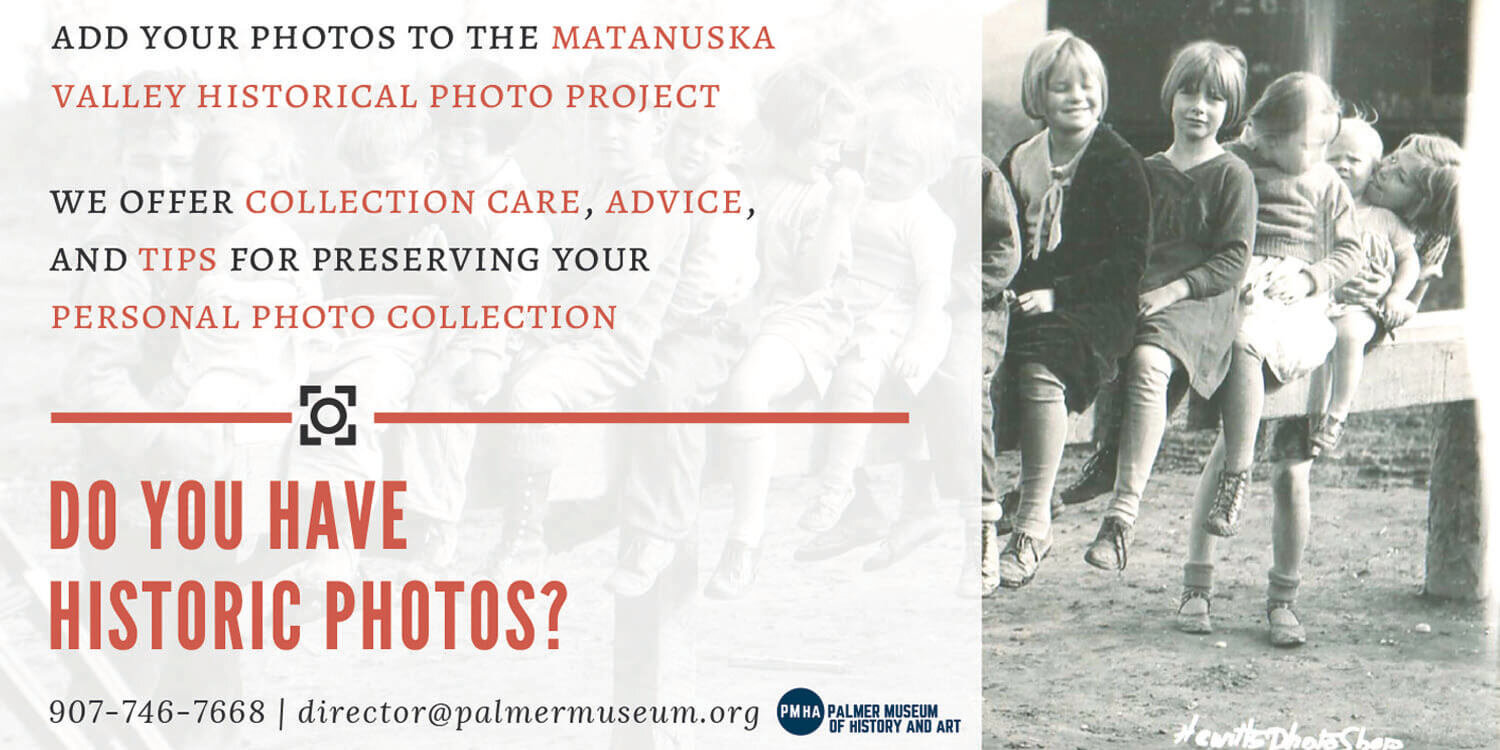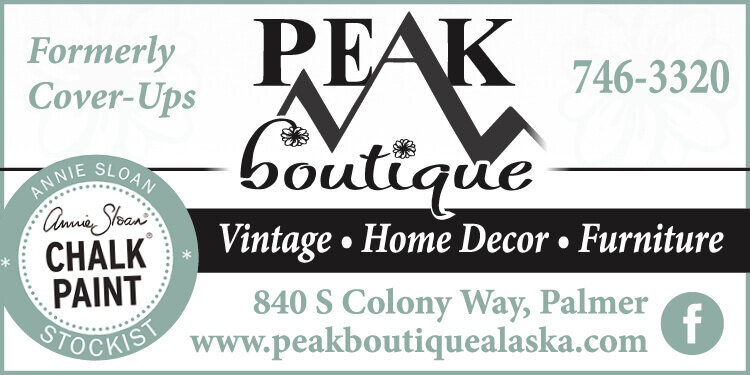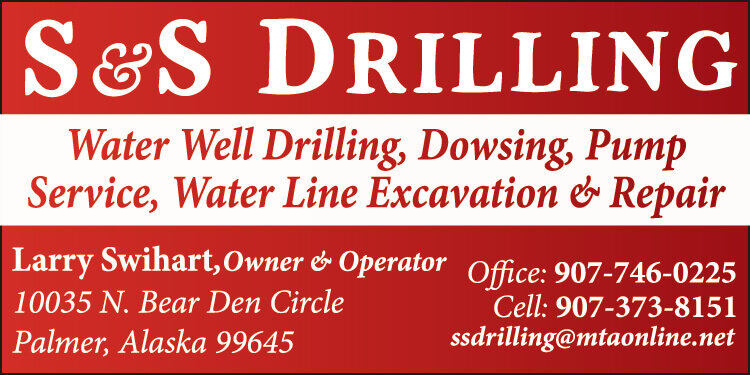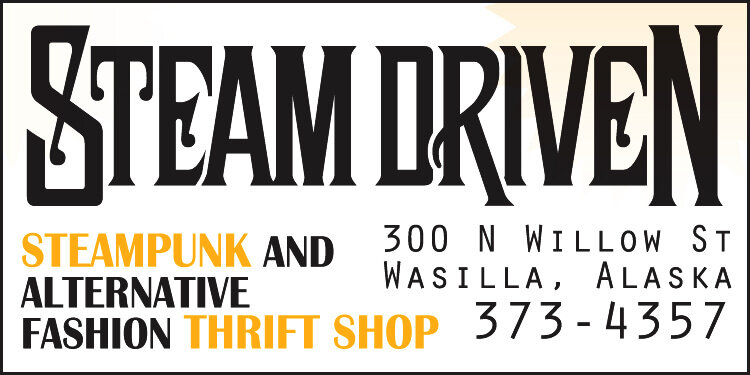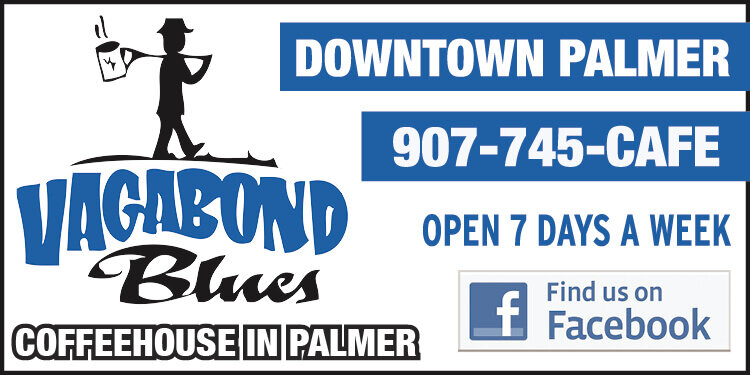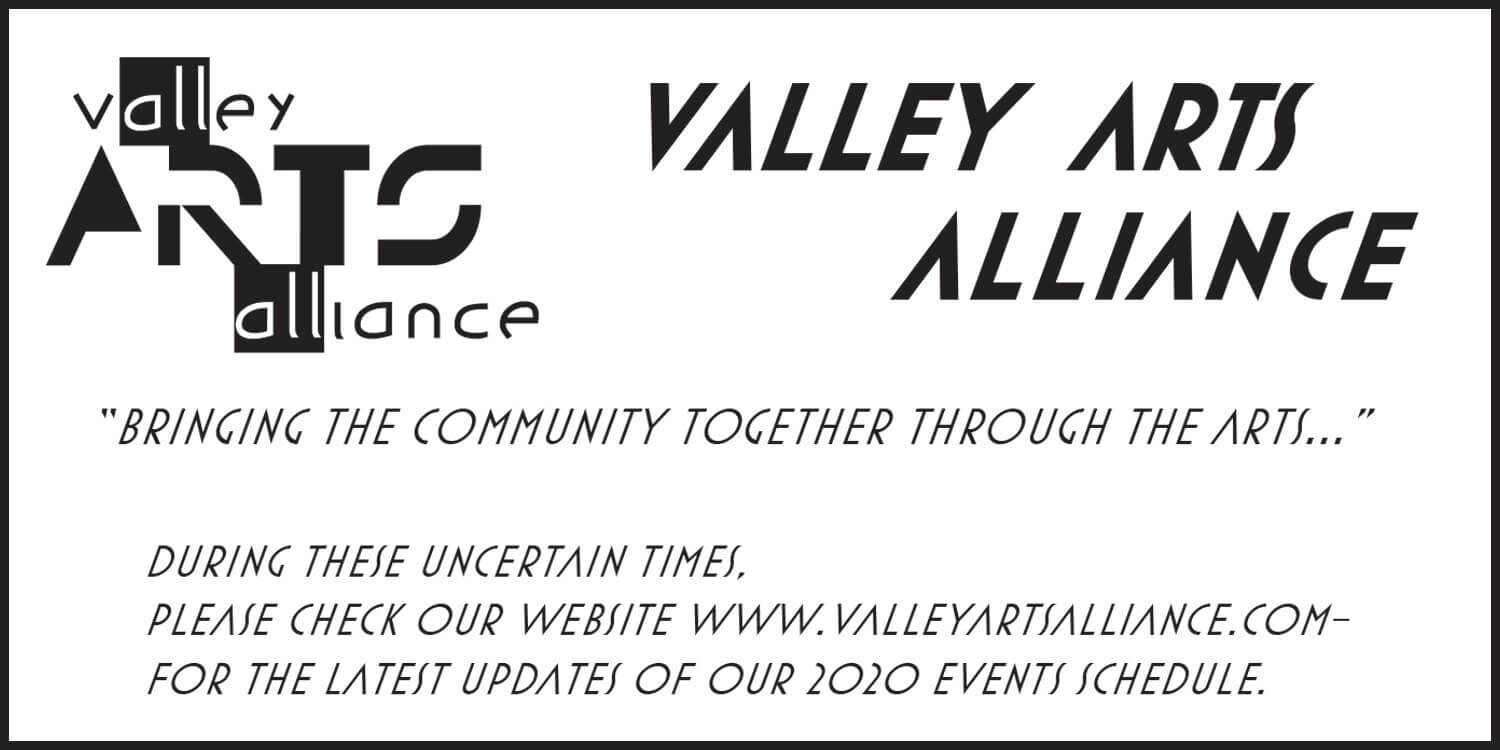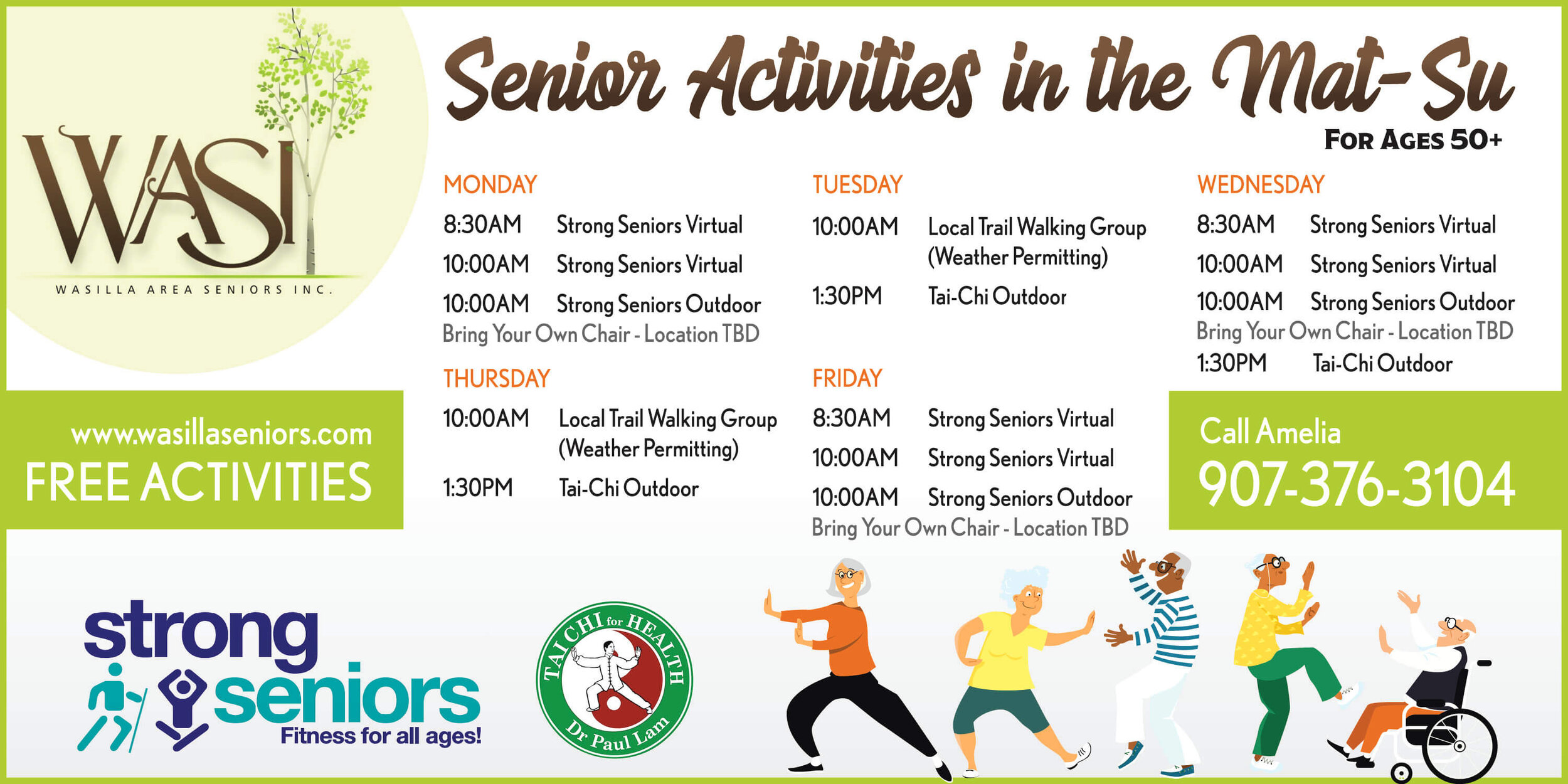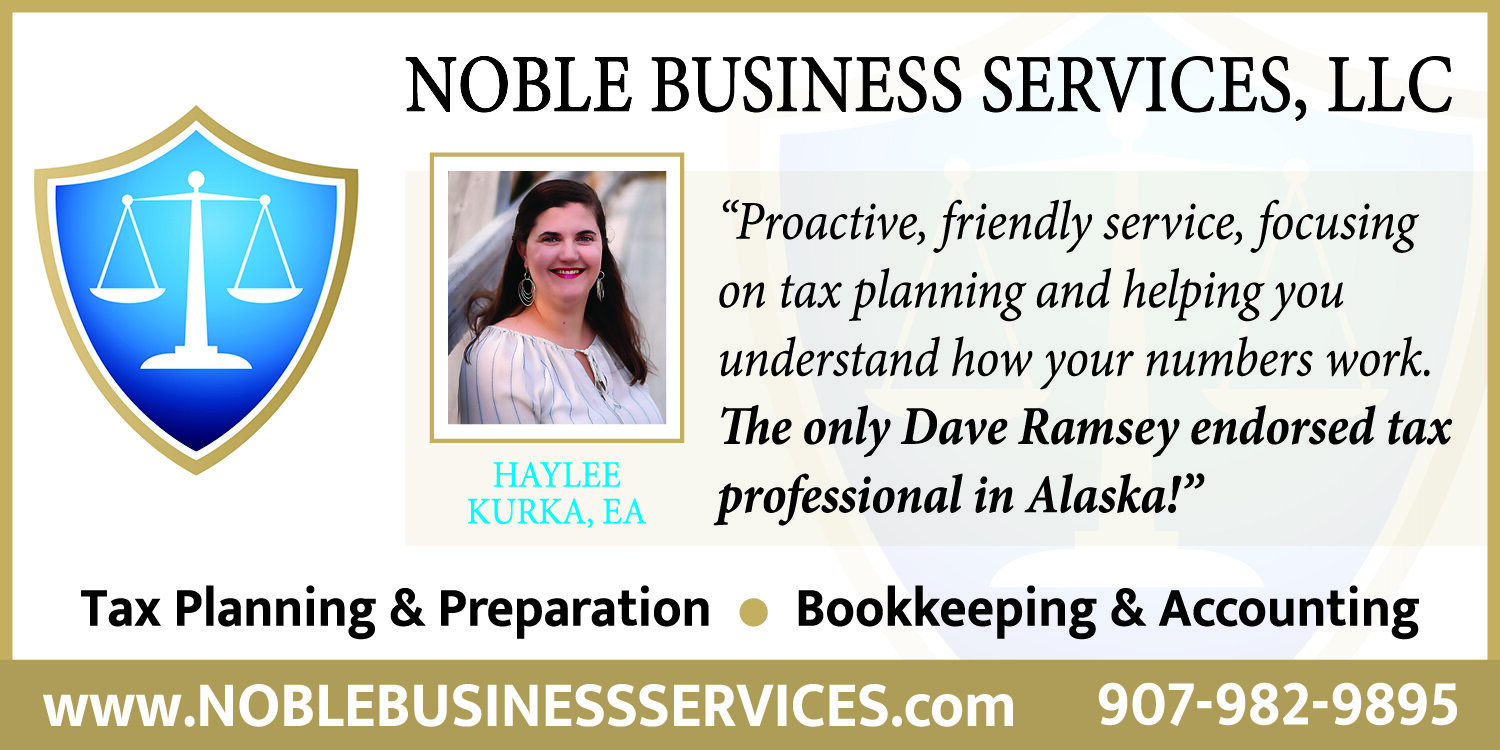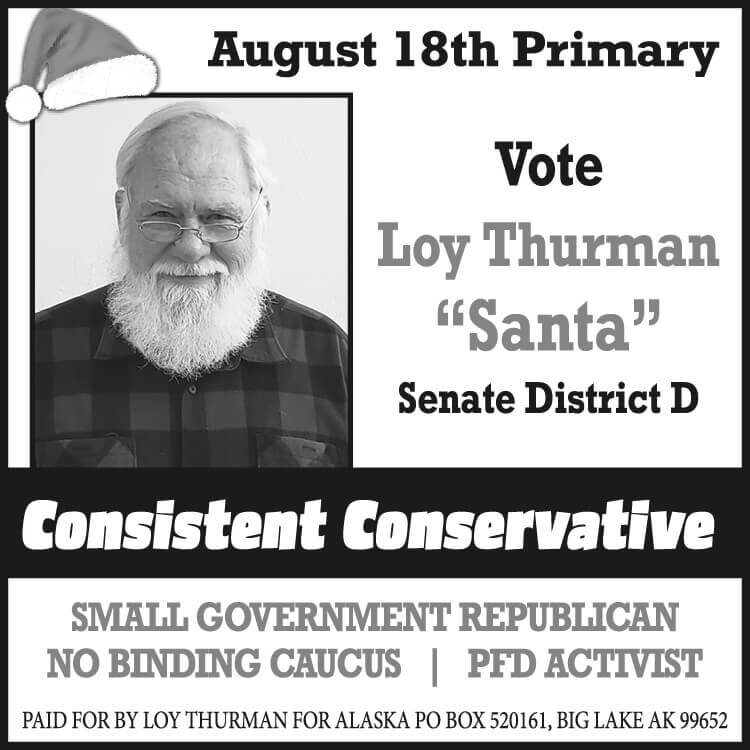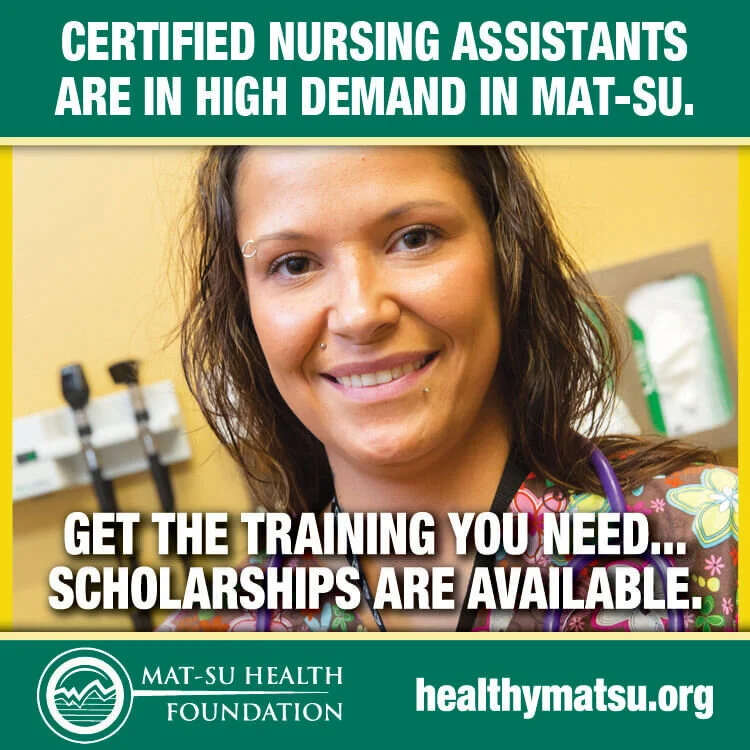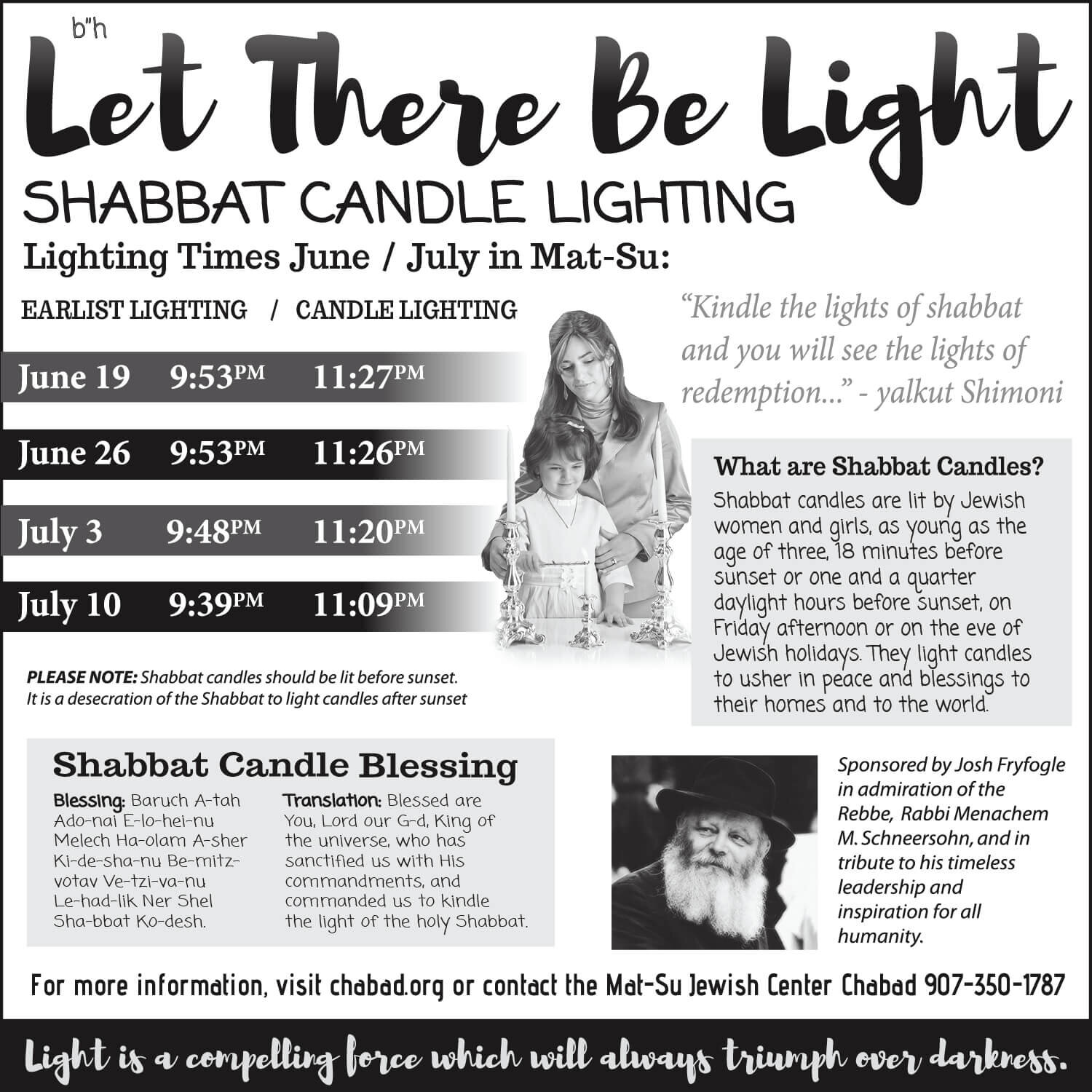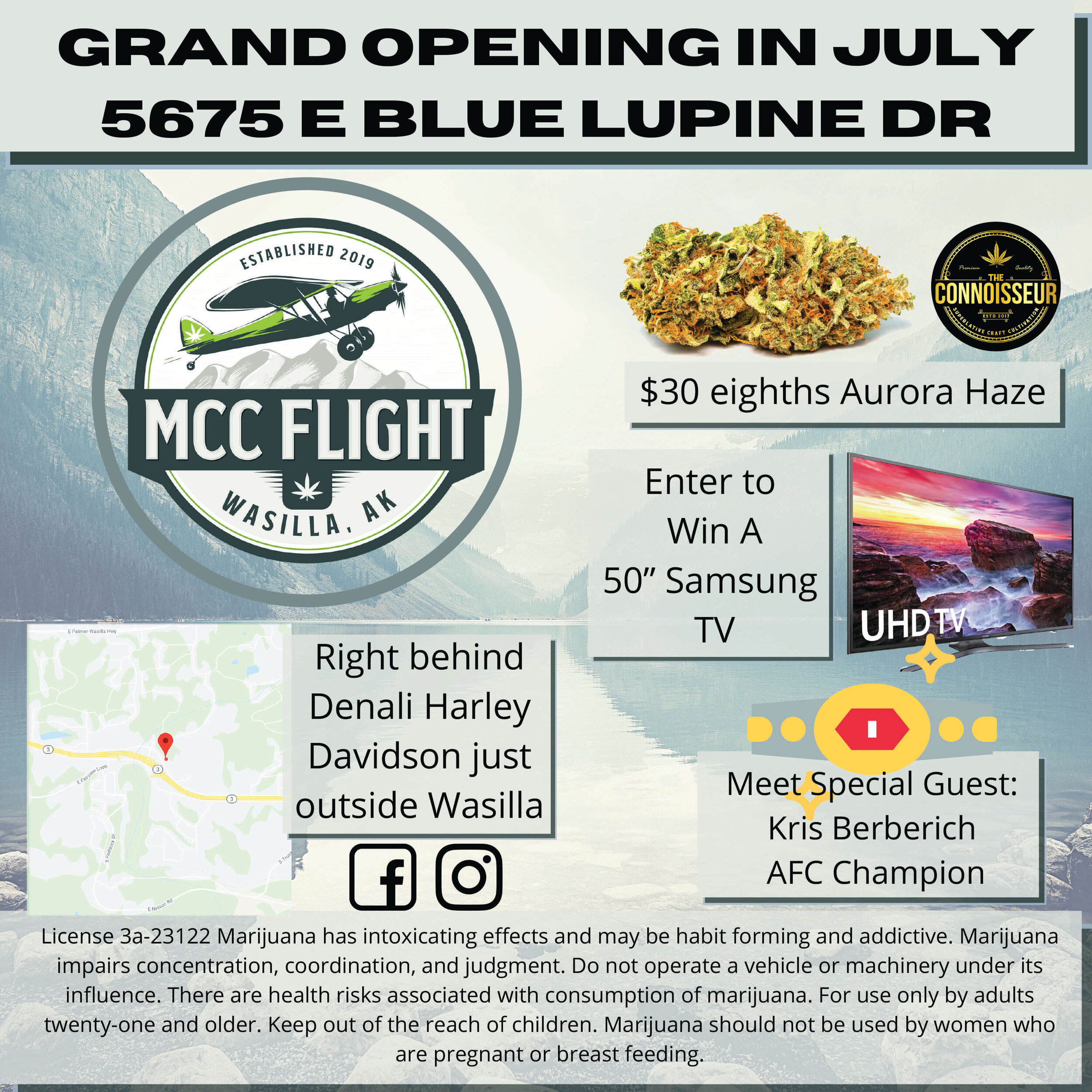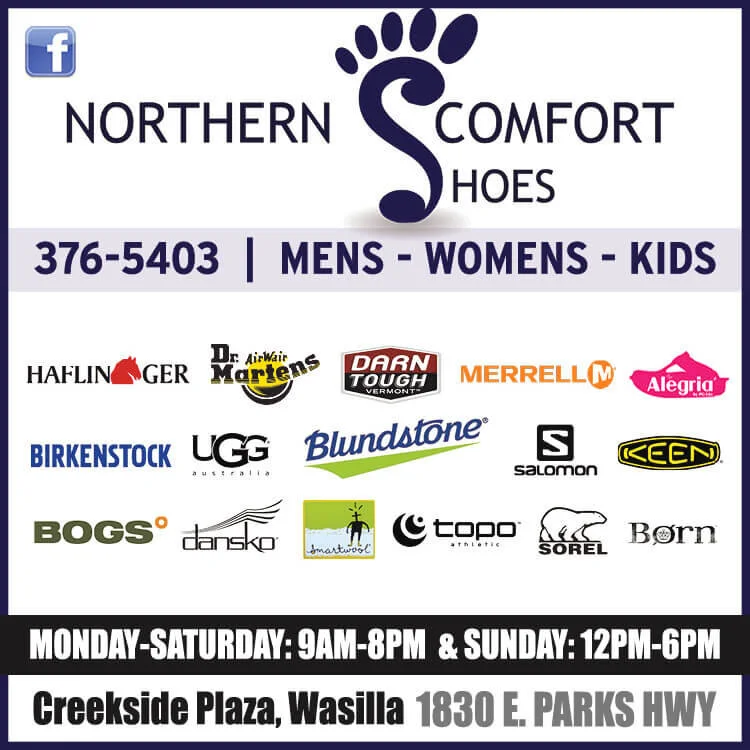Contributed by Carol Montgomery
In the last issue of The People’s Paper, we covered the incredible story of how people in the Mat-Su came together to reduce waste (www.makeasceneak.com/midjanuary-2019/2019/1/17/they-said-it-couldnt-be-done-the-story-of-valley-recycling), resulting in the creation of Valley Community for Recycling Solutions (VCRS), Mat-Su’s very own state of the art recycling center.
But you may wonder, what happens to the material you drop off at VCRS? Perhaps you have heard that recyclables in some parts of the country are ending up in the landfill, so why bother recycling? In this article we’ll explain how recycling works and why, when you recycle at VCRS, you can rest assured that the material will be reborn as a new product and not end up in the trash.
After you drop off your clean, sorted recycling, the materials are baled, resulting in a product called a feedstock. This feedstock is then sold to manufacturers who create new products. In order for VCRS to receive market pricing, it needs 43,000-45,000 lbs. of each separate type of material, baled to industry standards. These bales need to be “clean”, which means they contain only the material the buyer can use. For example, when a buyer opens up a bale of #1 plastic bottles, they do not want to find other types of plastic or trash mixed in with what they paid for.
Quality is important. Poor quality means the material is dirty or contaminated from improper sorting. Poor quality bales can end up in the landfill. Some recycling operations are based on what is called “single stream” or “co-mingled” recycling. That means recyclables are collected at the curbside all mixed together, and later sorted at an automated facility. This model of recycling creates a lower quality product because it is contaminated with other materials. In fact, China, which used to buy much of the world’s recyclables, has greatly restricted their buying due to the poor quality they were receiving. This has created a glut in the market for recyclables, and a resulting crisis for the industry. But thanks to the foresight of the Valley’s recycling pioneers, the willingness of our community to bring clean and sorted recyclables, and the diligence of our staff and volunteers, VCRS offers a high-quality product that is valued by USA manufacturers, and will not end up in a landfill.
In fact, did you know that some of the materials are recycled right here in Wasilla? Thermo-Kool, a local Wasilla company, buys all of the recycled newspaper and a lot of cardboard. They turn this paper into cellulose insulation, cement emulsifier, animal bedding, an absorbent, and astro mulch. It’s exciting to think that when you bring in your newspapers to the recycling center, you may see them transformed into the bright green astro mulch often seen with new highway construction. Soon, other bright local minds will find new business opportunities using recyclables, knowing that they have access to quality feedstock right here in the Valley. New technologies open all kinds of possibilities.
VCRS’s plastic film is now purchased and used by Trex, which turns it into composite decking. Sonoco, a manufacturer in Washington State, buys our mixed paper because of our quality. The recycling industry is huge, it is global, and brokers negotiate between buyers and sellers. Having a consistent reliable product helps secure a place for material when markets fluctuate.
Developing VCRS from a Walmart Parking lot drop off in 1998, to a state of art recycling center was an amazing level of activity, accomplishment and community support, which all went towards the building, equipment and the costs of operations. This recent market downturn has shown that this is not enough. VCRS needs to take a further step as a non-profit and create a financial safety net. While markets will always go up and down, expenses do not go down. The current crisis caused by the recent market downturn has driven some recycling centers out of business. VCRS, on the other hand has a mission to stay in business to reduce waste regardless of whether it is profitable to do so.
But crisis can be turned into opportunity, and the next opportunity for VCRS is the Sustain Campaign https://www.facebook.com/Sustain-Campaign-with-VCRS-586954498389181/. The Sustain Campaign is committed to raising a million dollars for a financial safety net for VCRS, which includes an endowment. An endowment is a donation that can be invested for long-term growth and produce interest earnings providing stable funding for a non-profit organization. $500,000 will be invested in this endowment and the other $500,000 will be used to cover operations during market fluctuations, and to ensure that VCRS continues to recycle whatever can be turned into a new product, regardless of its profitability. VCRS also plans to work toward matching the days and hours of the landfill to make it more convenient to recycle. You can make a right hand turn before entering the landfill and drop your sorted recyclables for free at VCRS, before you go back and get in line for the landfill’s weight scale.
In the next edition of The People’s Paper, we’ll look at how it helps all of us when we reduce waste!
